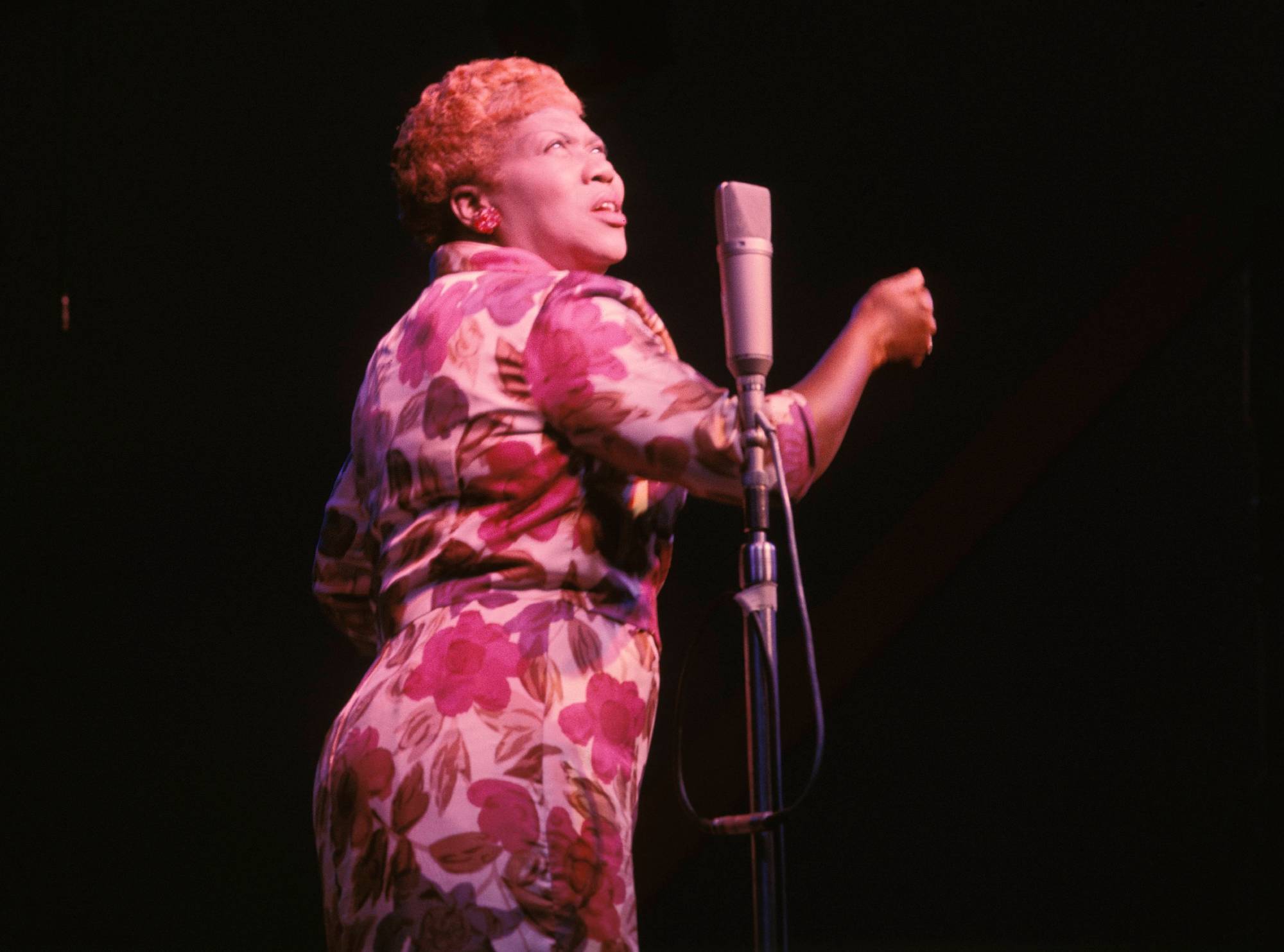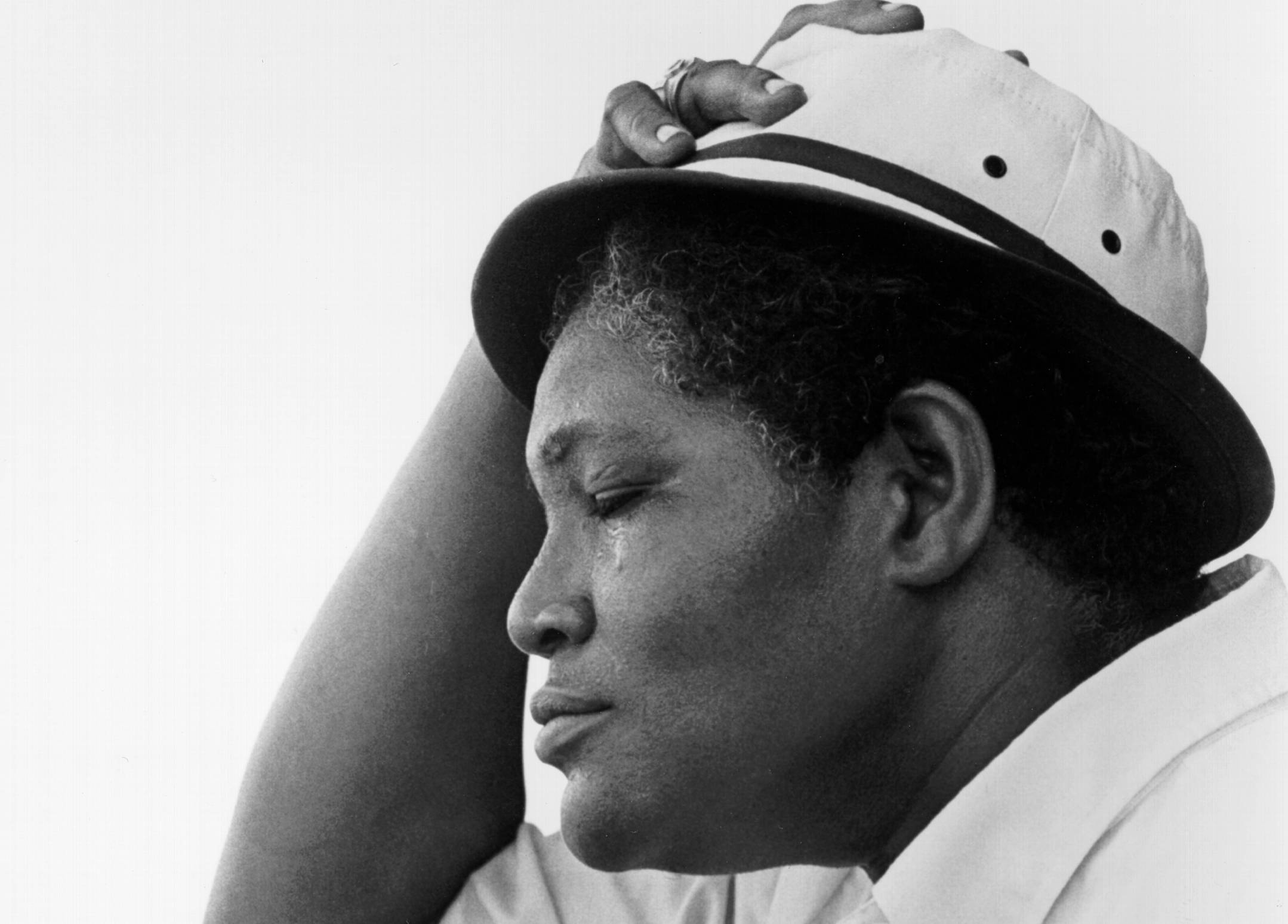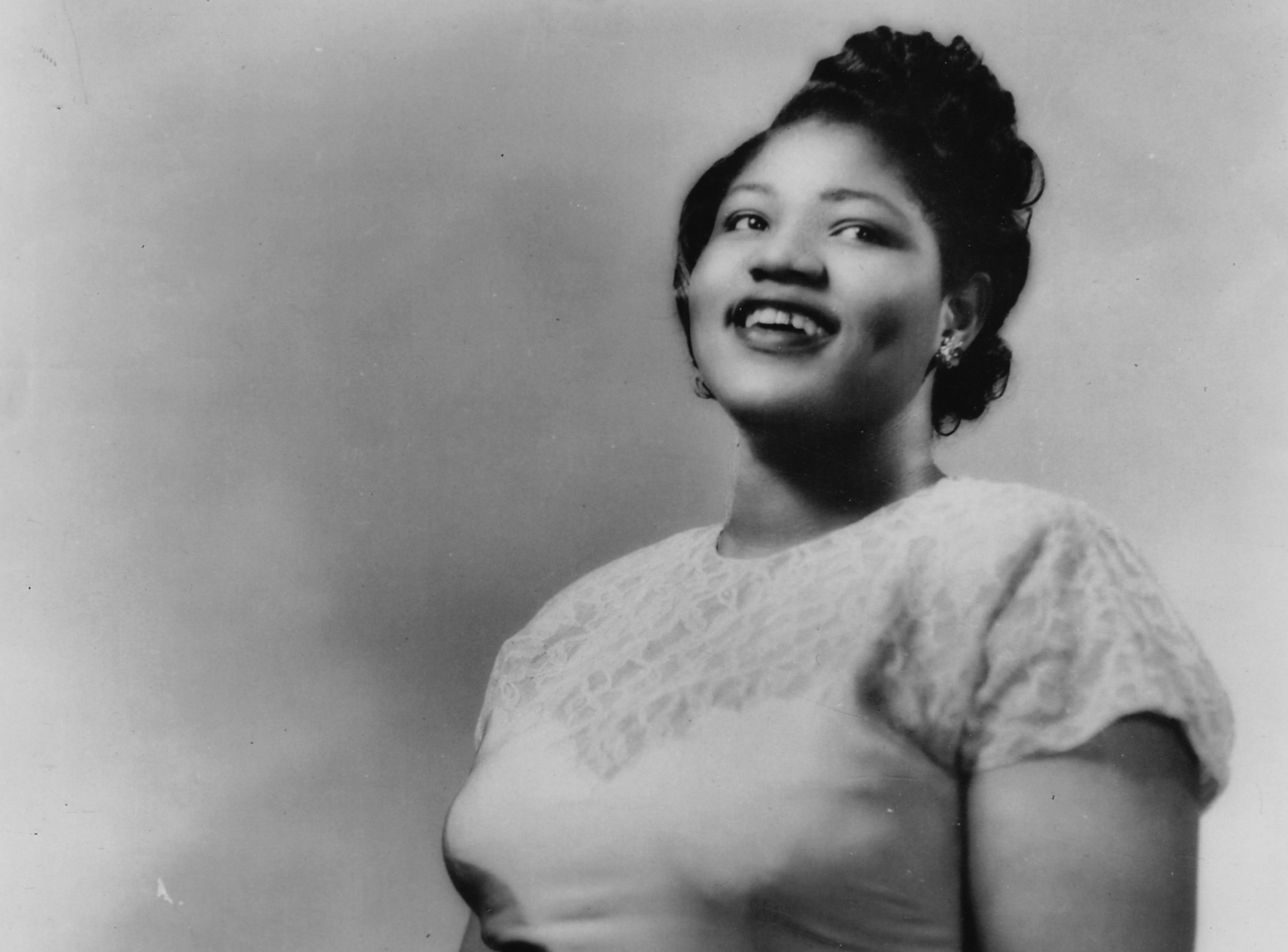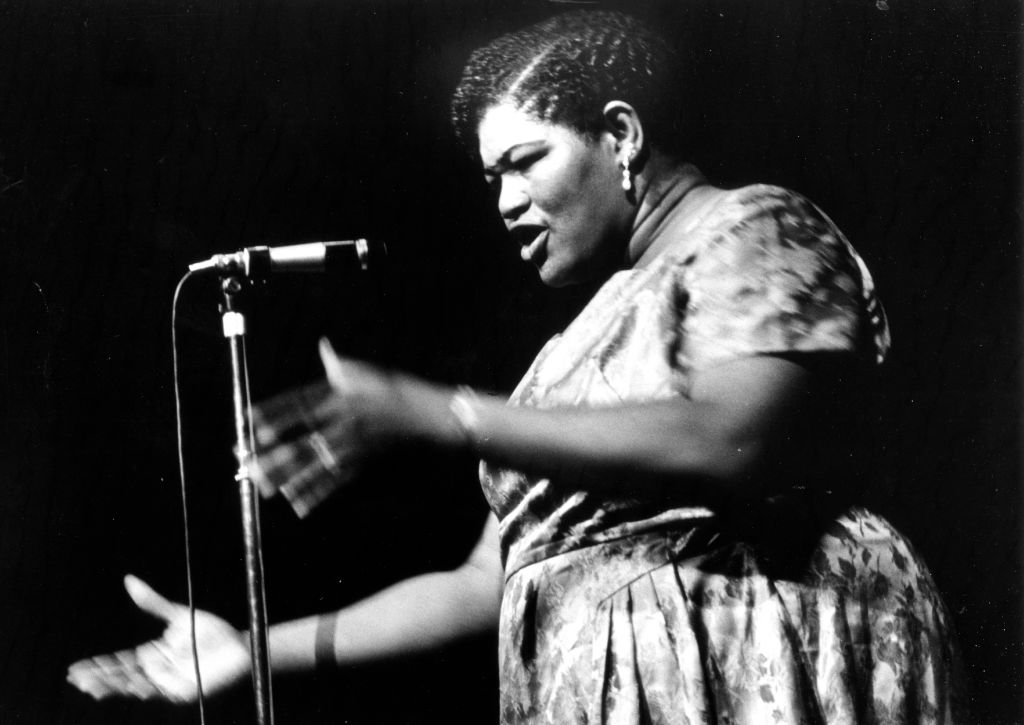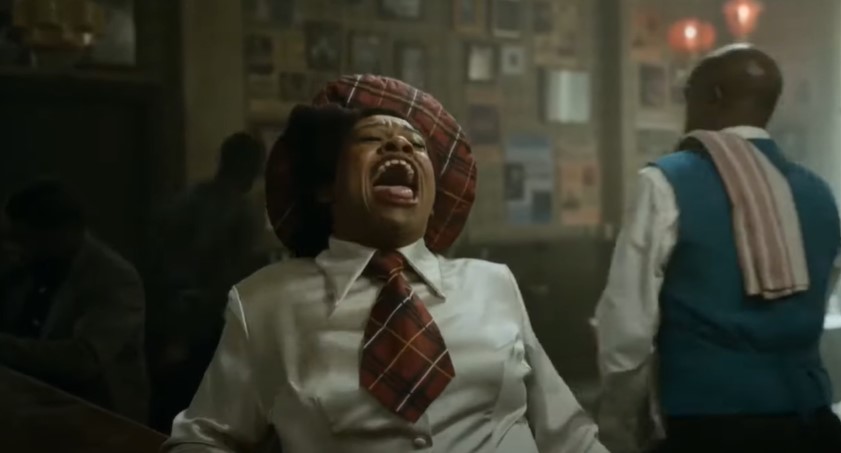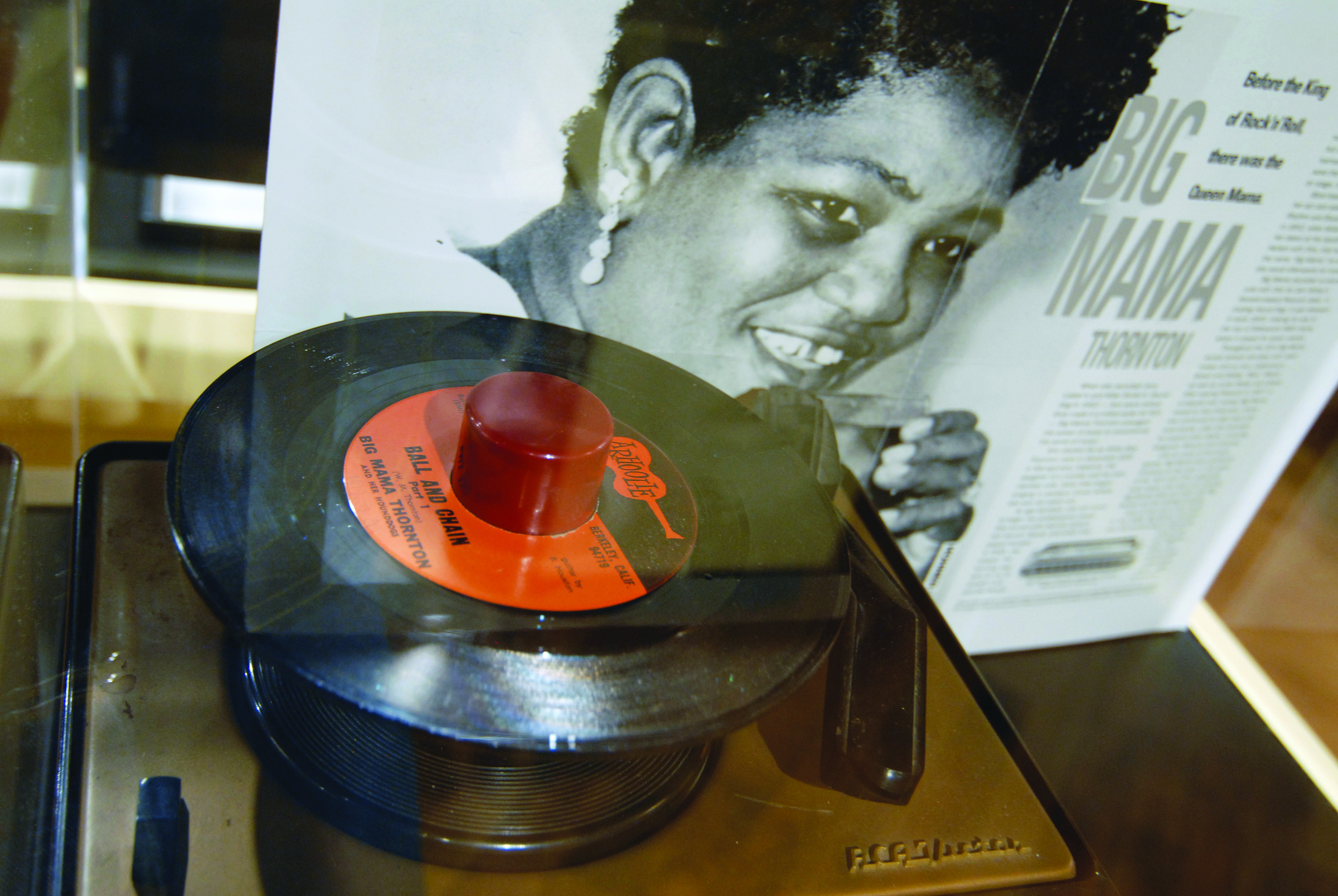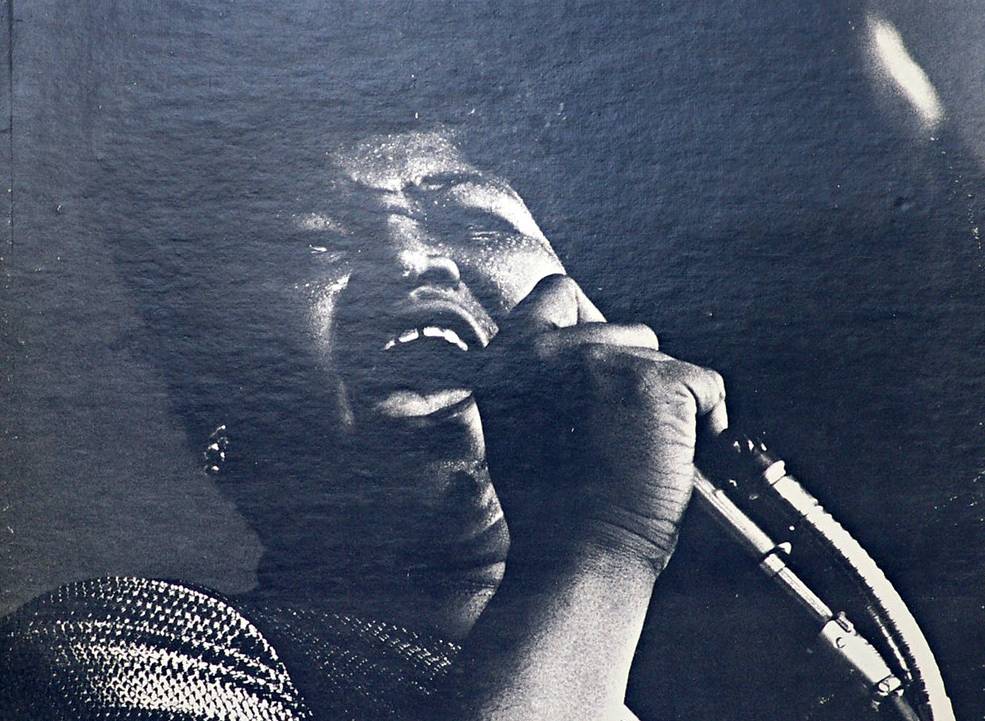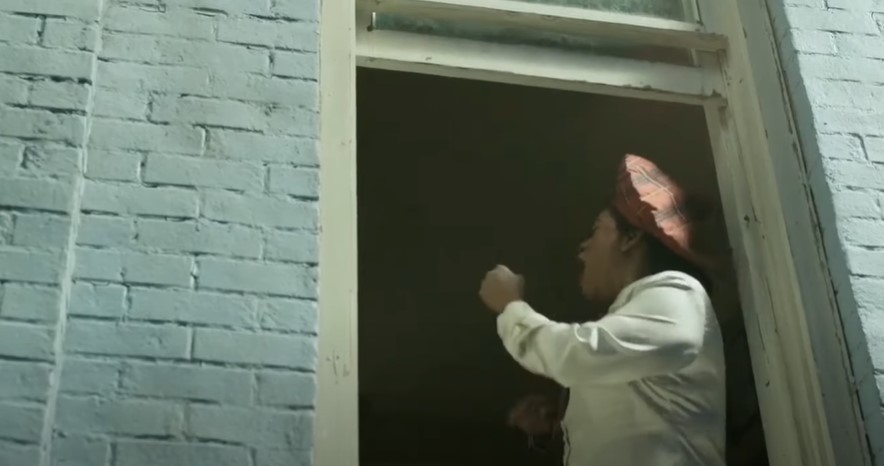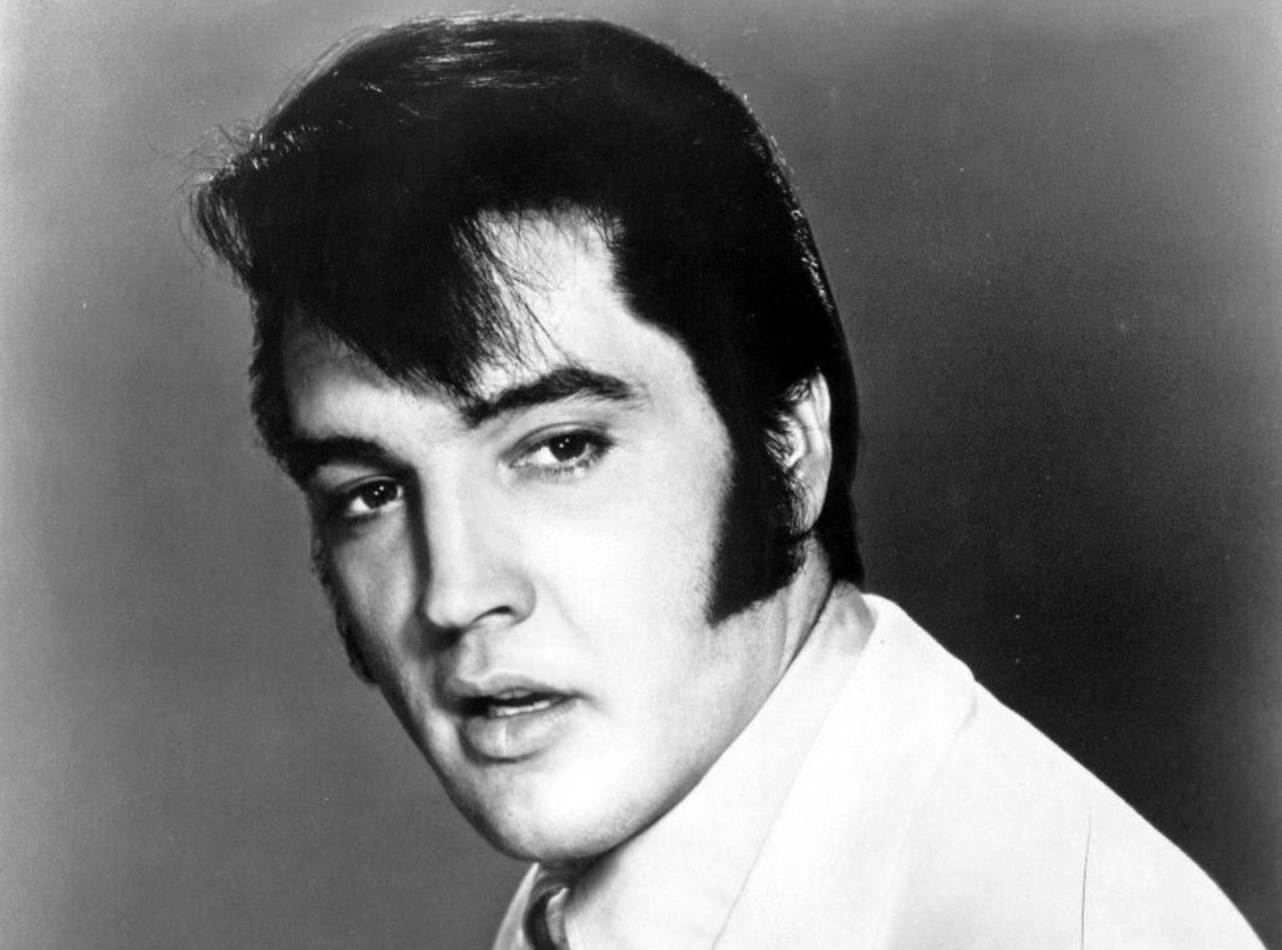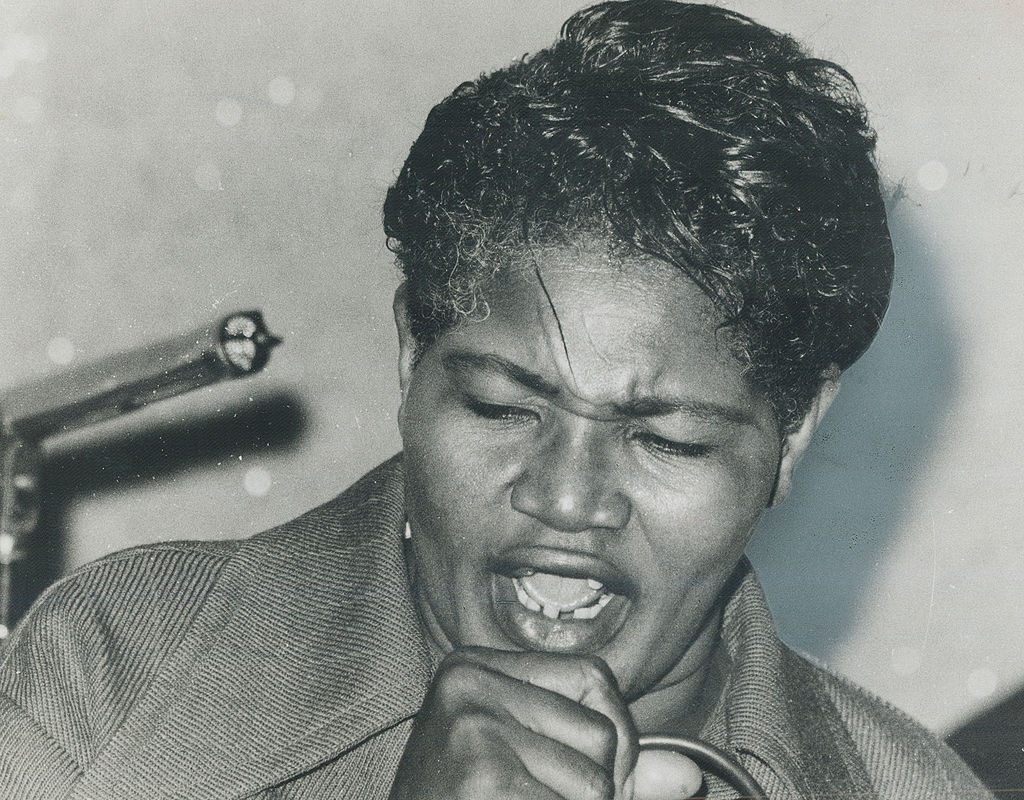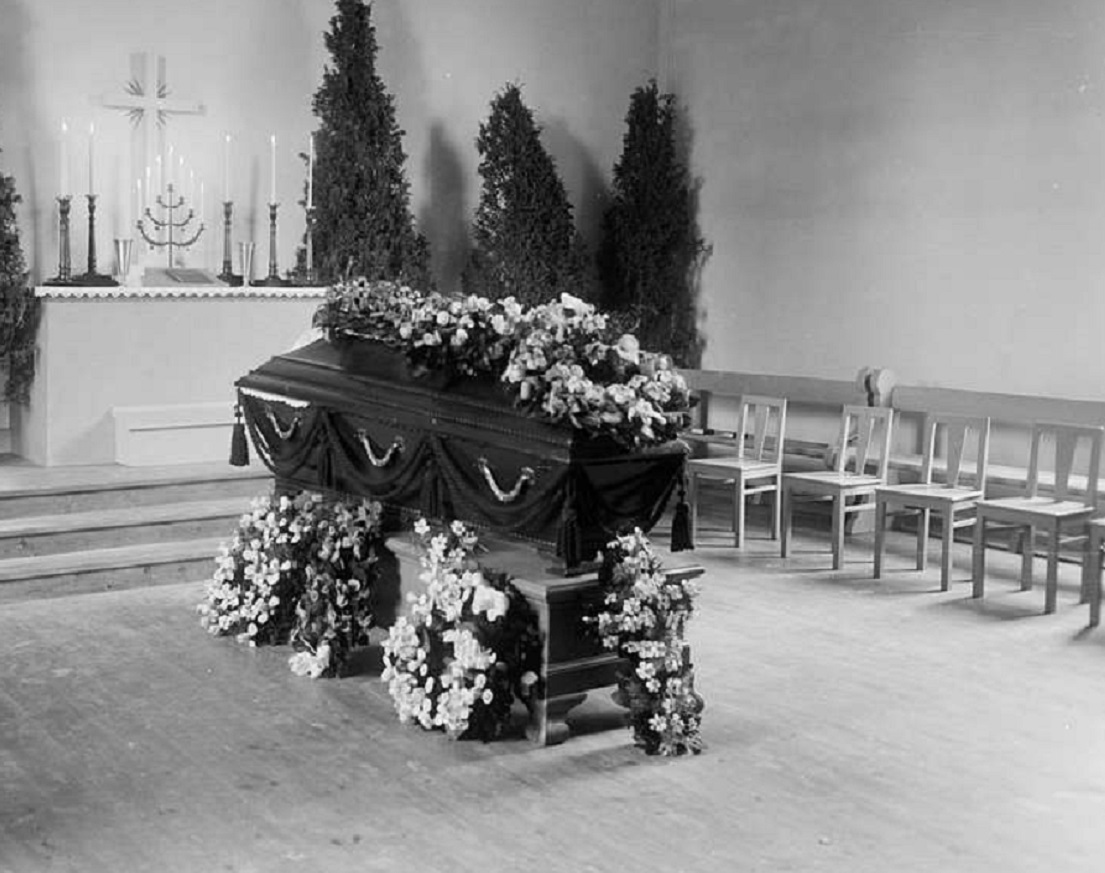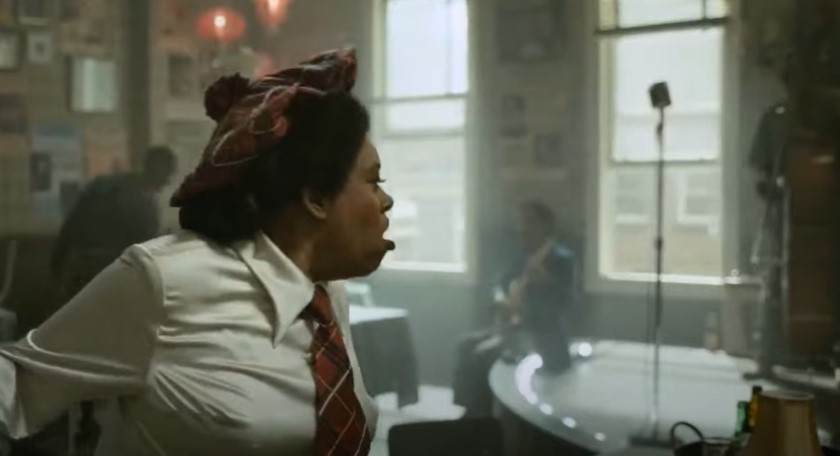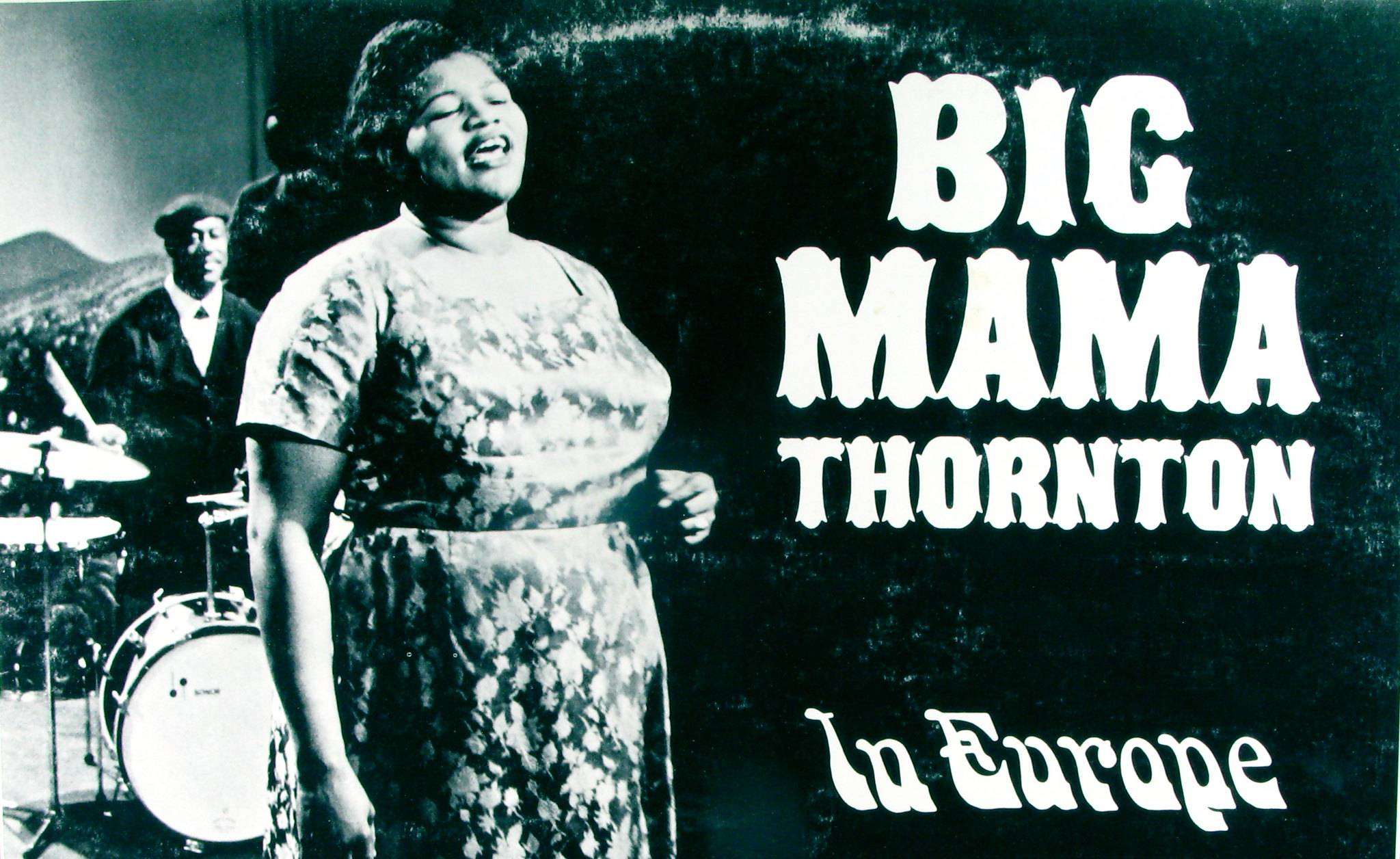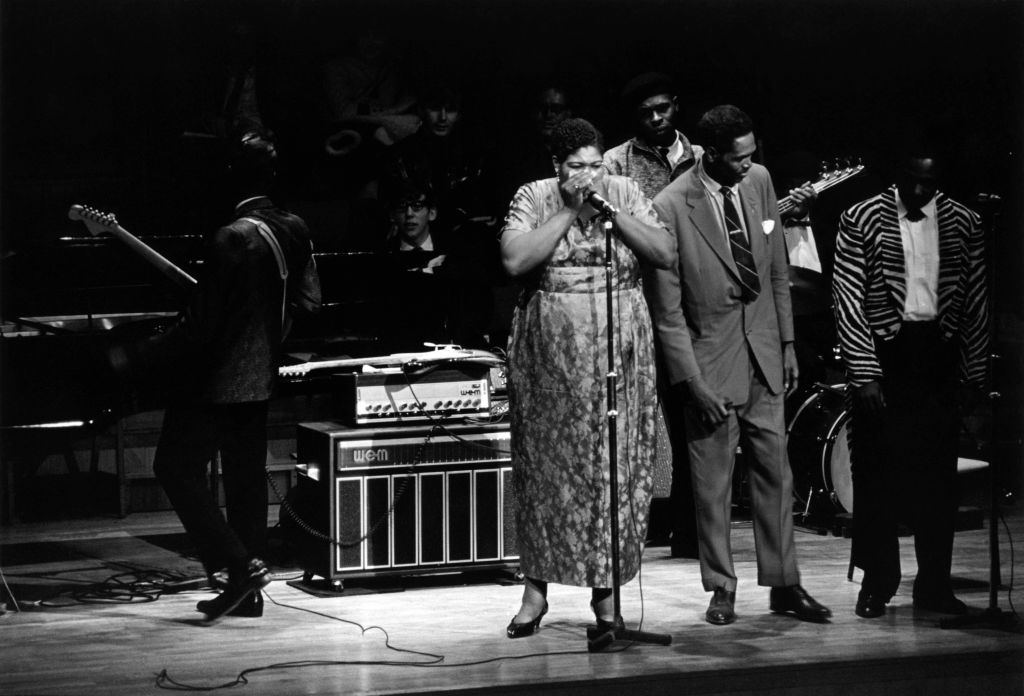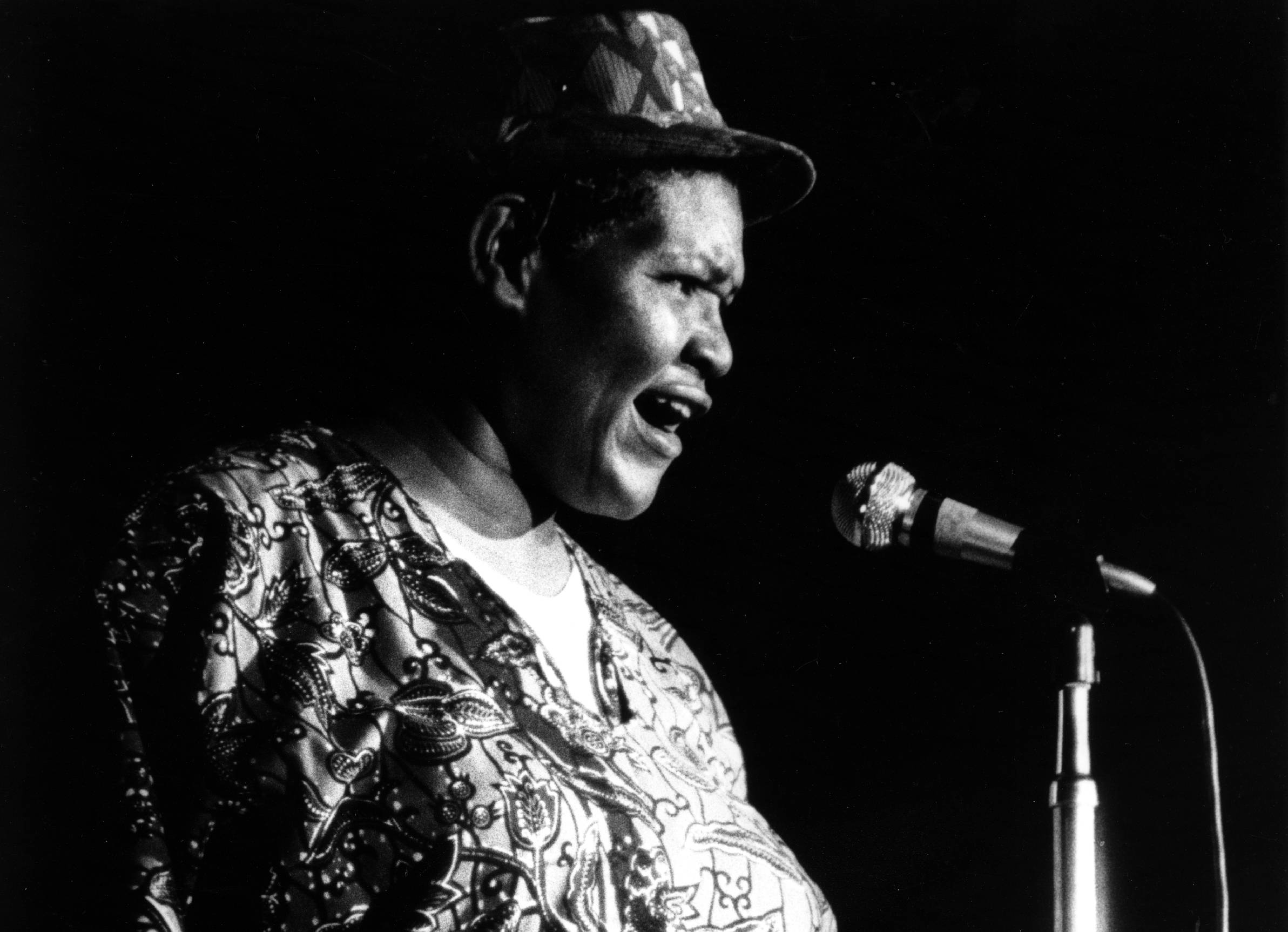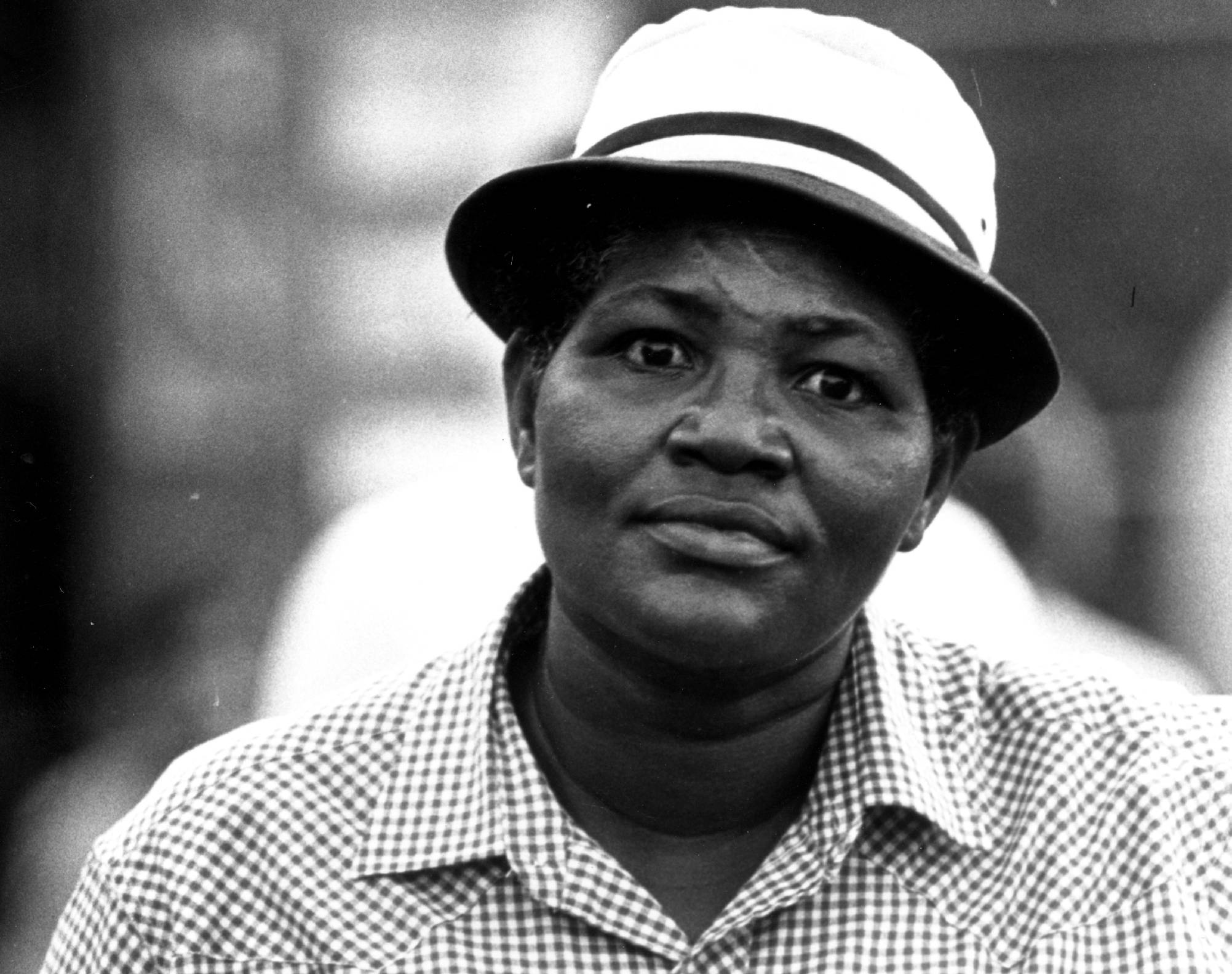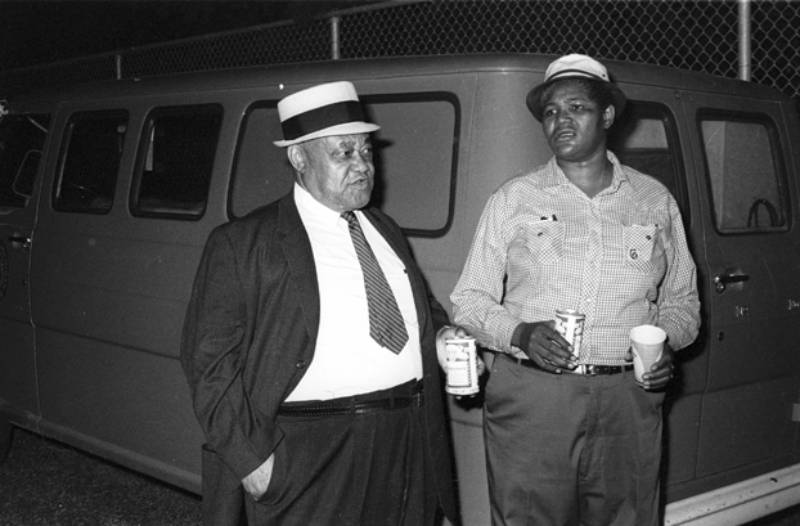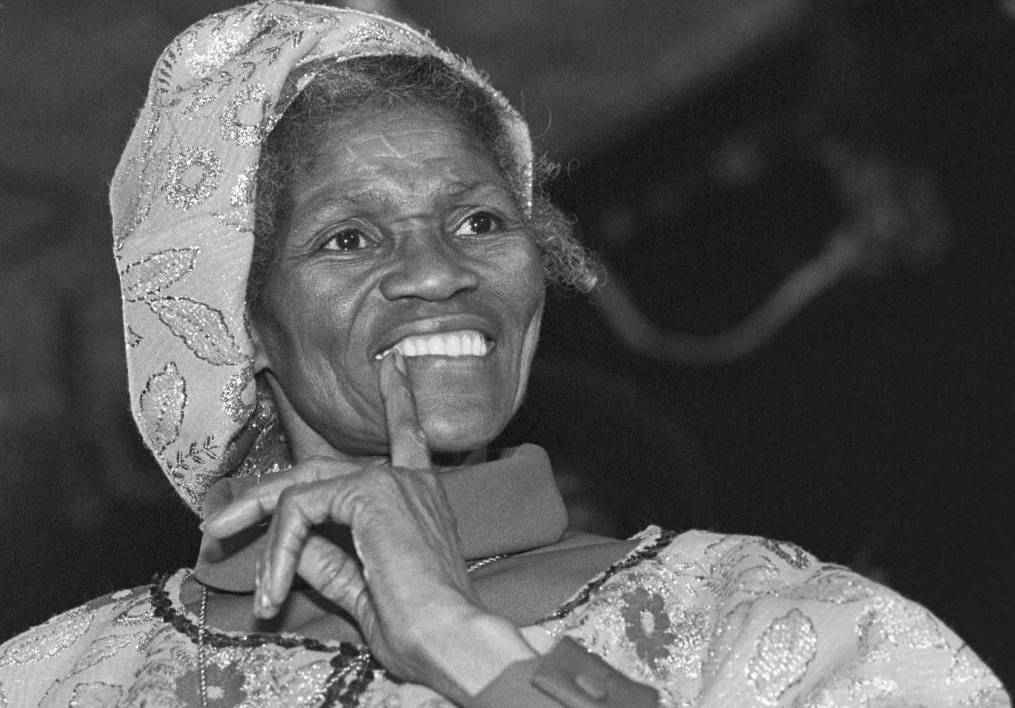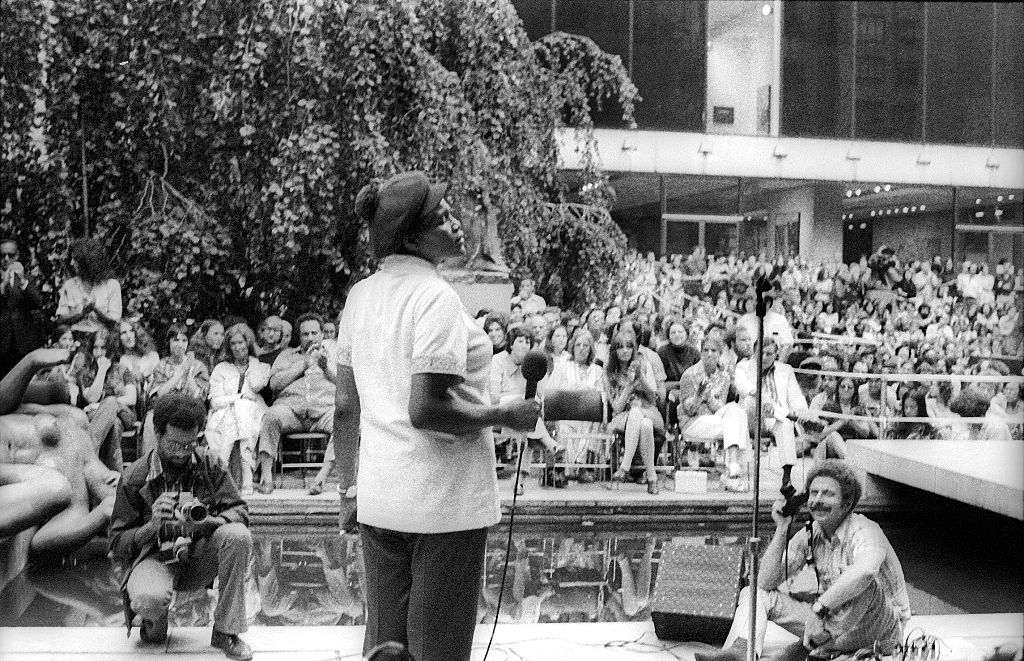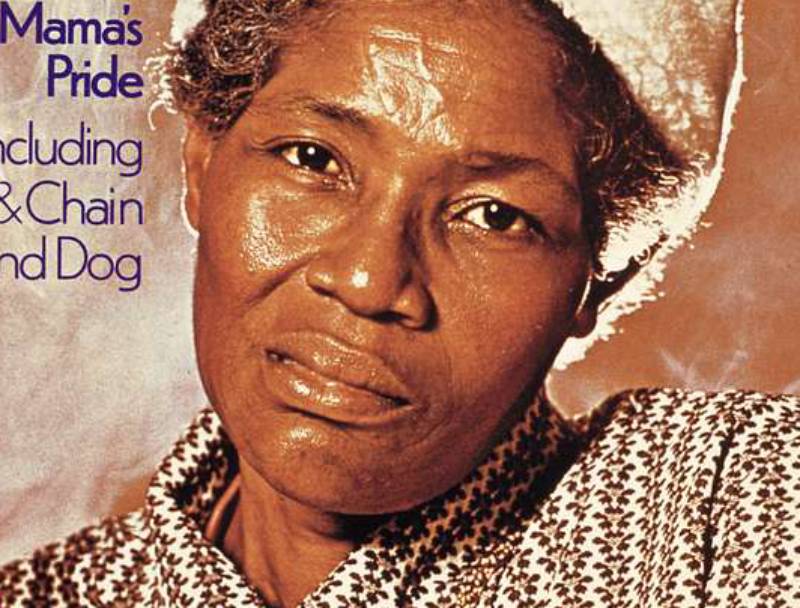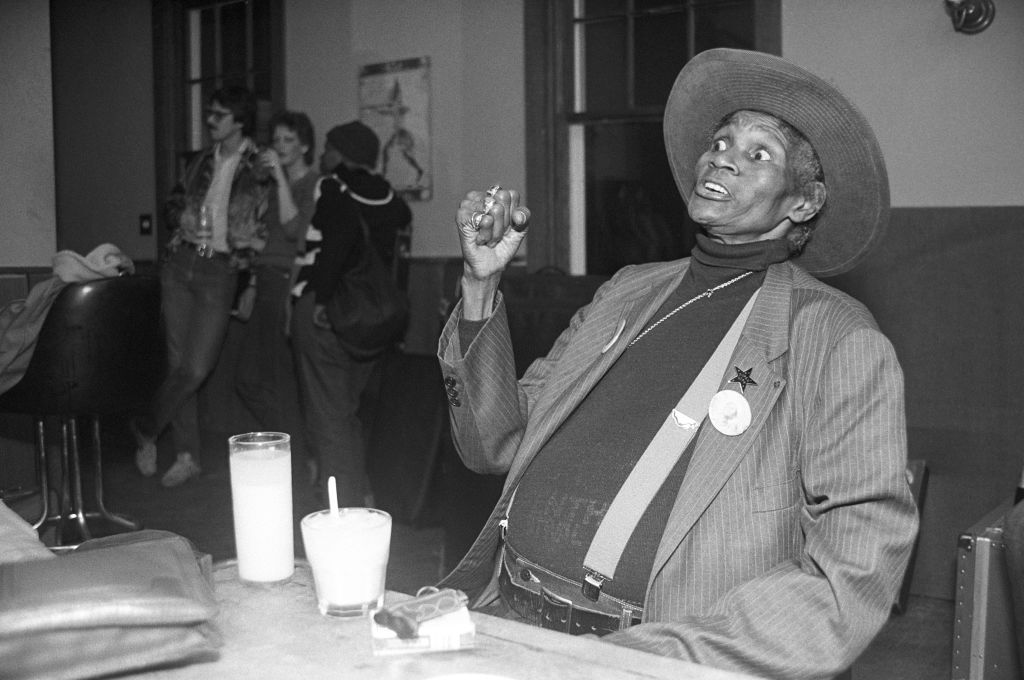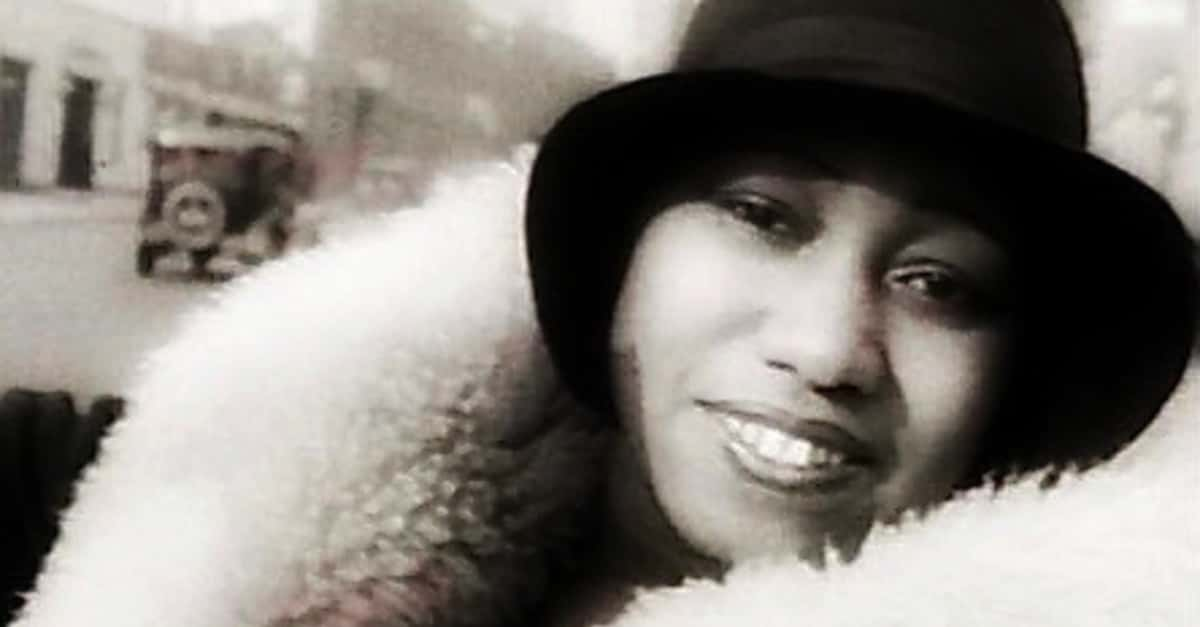Willie Mae “Big Mama” Thornton was the 20th century blues singer who became the first real rock and roller. Her life, however, was all blues.
1. She Found Happiness In Her Sad Life
Big Mama Thornton was the blues singer whose booming voice and haunting growl gave birth to rock and roll. But rock legends like Elvis Presley and Janis Joplin cashed in on Thornton’s talents, leaving her to sing (and live) the blues. However, despite her tragic and traumatic life, Thornton managed to find her happiness.
2. She Was A Preacher’s Daughter
Willie Mae “Big Mama” Thornton was born in December 1926 in Ariton, Alabama just outside of Montgomery. Her father was a Baptist preacher and her mother, whom she described as “very religious”, sang in the church choir. By her own admission, she used to attend church regularly—but no amount of praying could have prepared her for the tragedy she’d face.
3. Her Mother Fell Terribly Ill
Thornton’s quiet childhood got turned on its head when she was just 12 or 13 years old. Unexpectedly, her mother contracted tuberculosis and fell terribly ill with the disease. Thornton dedicated most of her time to nursing her mother back to health. Sadly, Thornton was no doctor. What happened next changed the course of her life.
4. She Cleaned People’s Spit
Despite her best efforts (and prayers), Thornton’s mother succumbed to tuberculosis shortly after her diagnosis. The loss plunged the family deep into poverty and Thornton had to drop out of school to make ends meet. She took up a job at a tavern, cleaning out the spittoons. Unfortunately, harder times were still ahead for the young blues legend.
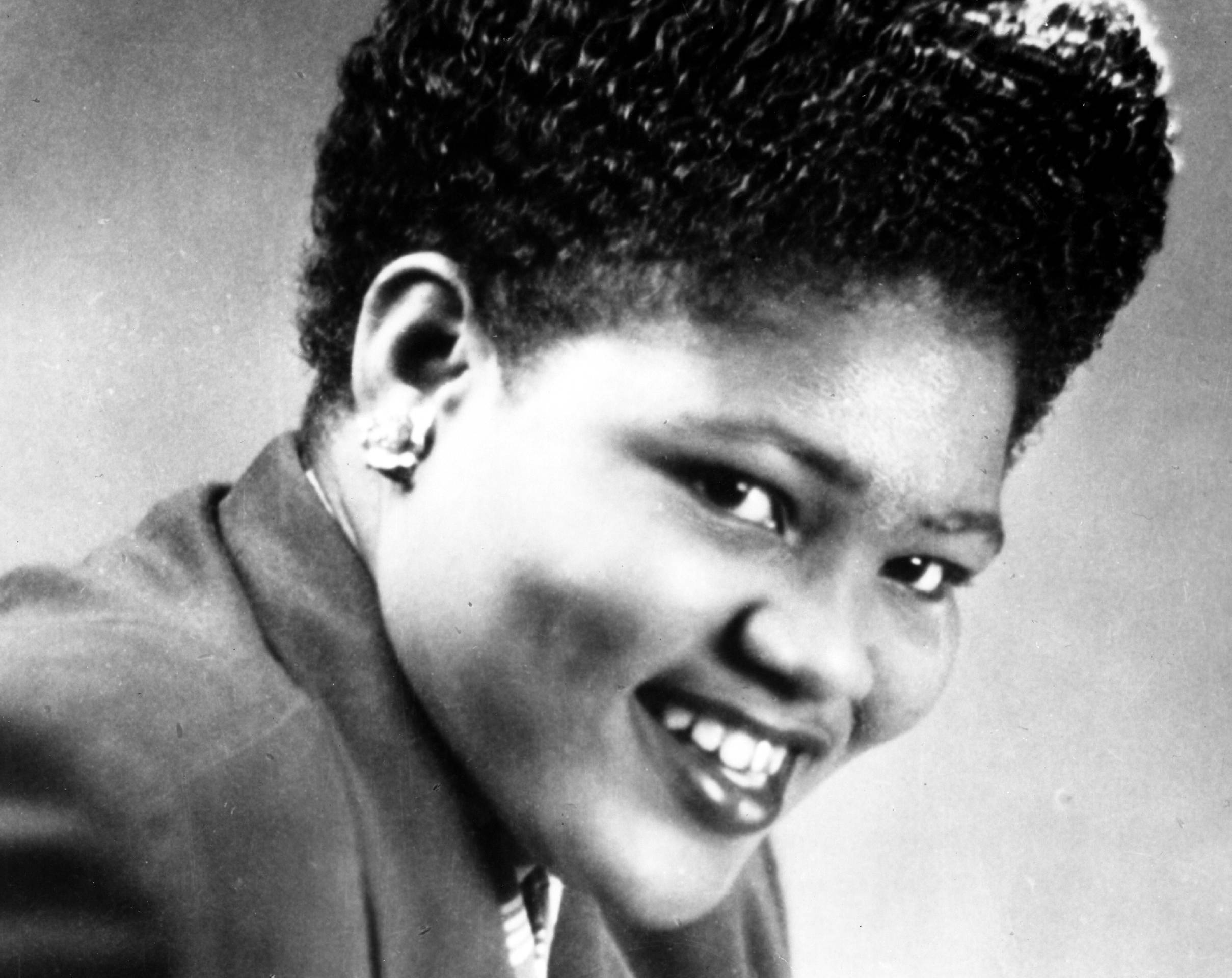 Michael Ochs Archives, Getty Images
Michael Ochs Archives, Getty Images
5. She Barely Had Enough To Eat
Thornton’s childhood turned into a nightmare, fraught with hardships. Even though she was working at a tavern, her family barely had enough money to put the food on the table. In fact, sometimes, they couldn’t even do that. Years later, Thornton recalled, “Sometimes I didn't even have nothing to eat, even a soda cracker tasted like cheese and cake”.
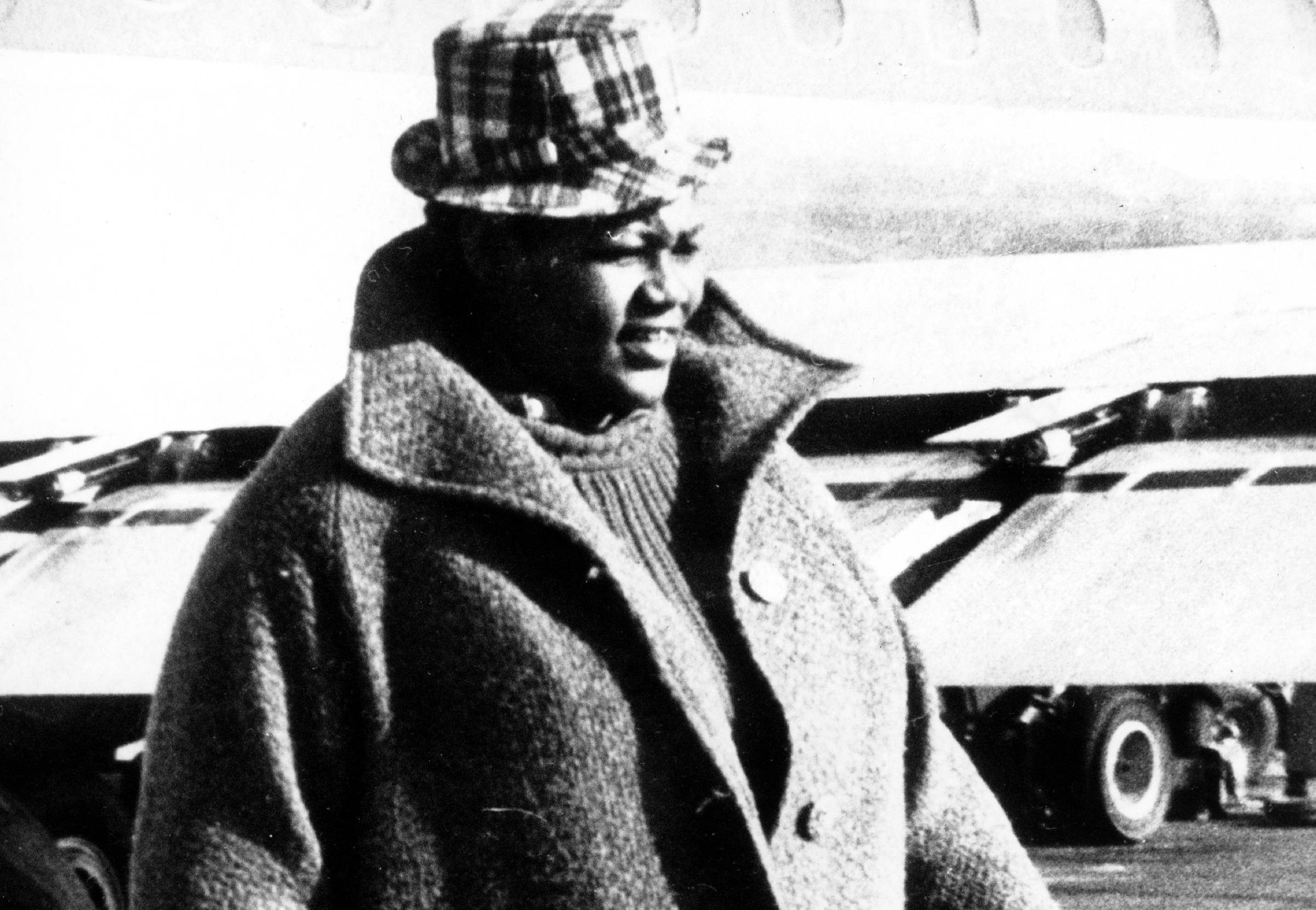 Michael Ochs Archives, Getty Images
Michael Ochs Archives, Getty Images
6. She Was Born With The Blues
Having experienced that level of poverty, loss and hardship, Thornton was born to sing the blues. She never took any music lessons and taught herself to play instruments like the harmonica simply by observing her brother. “My singing comes from my experience,” she explained, "my own experience”. Her experience was about to get even worse.
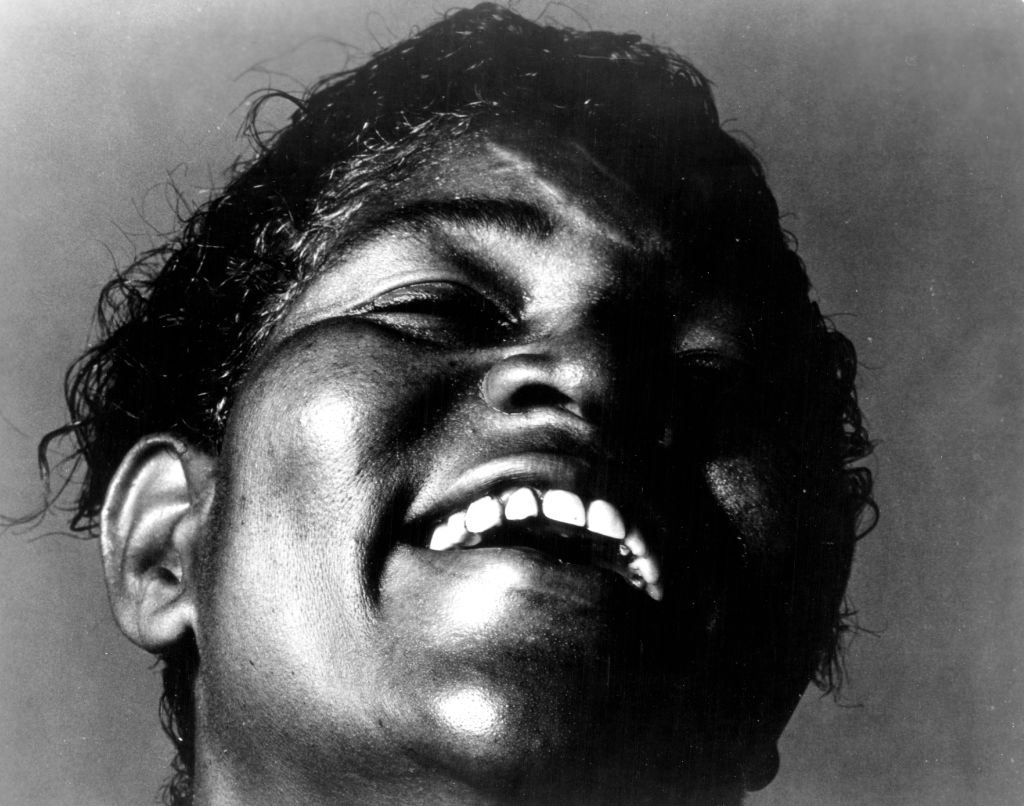 Michael Ochs Archives, Getty Images
Michael Ochs Archives, Getty Images
7. She Defied Her Father’s Wishes
Thornton found a refuge in music—but it came with an unexpected dark side. Thornton’s father disapproved of her signing. As she recalled, “my daddy wanted to get me with the razor strop” whenever she hummed the blues. However, despite her father’s disapproval, Thornton couldn’t ignore the music calling to her. The blues were in her blood, and she knew she had to follow her passion.
With a heavy heart, she made the difficult decision to leave home and pursue her dreams.
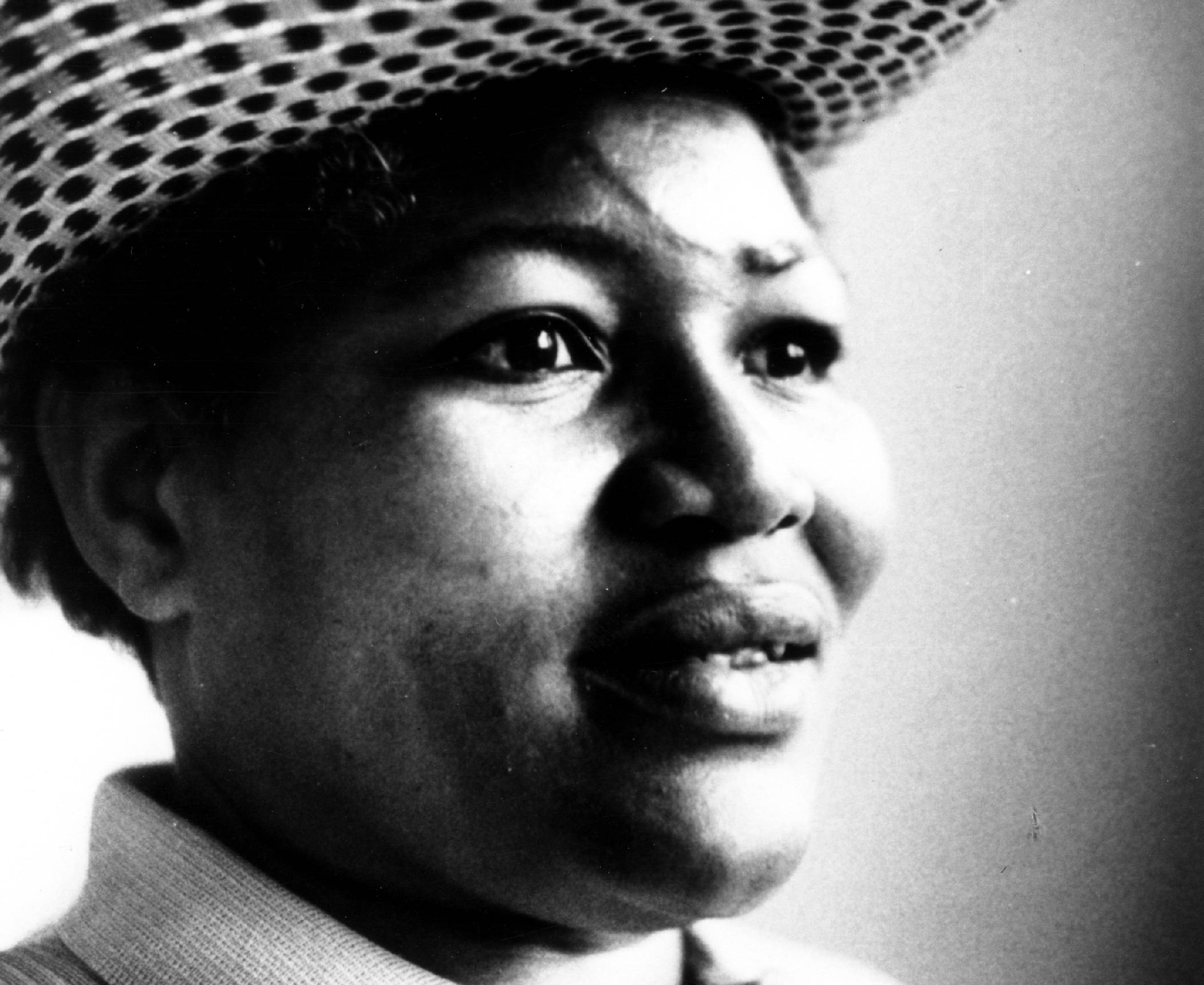 Michael Ochs Archives, Getty Images
Michael Ochs Archives, Getty Images
8. She Had A Chance Encounter That Changed Everything
While working as a garbage collector, Thornton caught the attention of Diamond Teeth Mary, a half-sister of her idol, Bessie Smith. Intrigued by Thornton's powerful voice, Diamond Teeth Mary encouraged her to audition for an upcoming talent competition. Little did Thornton know, her life was about to take a major turn.
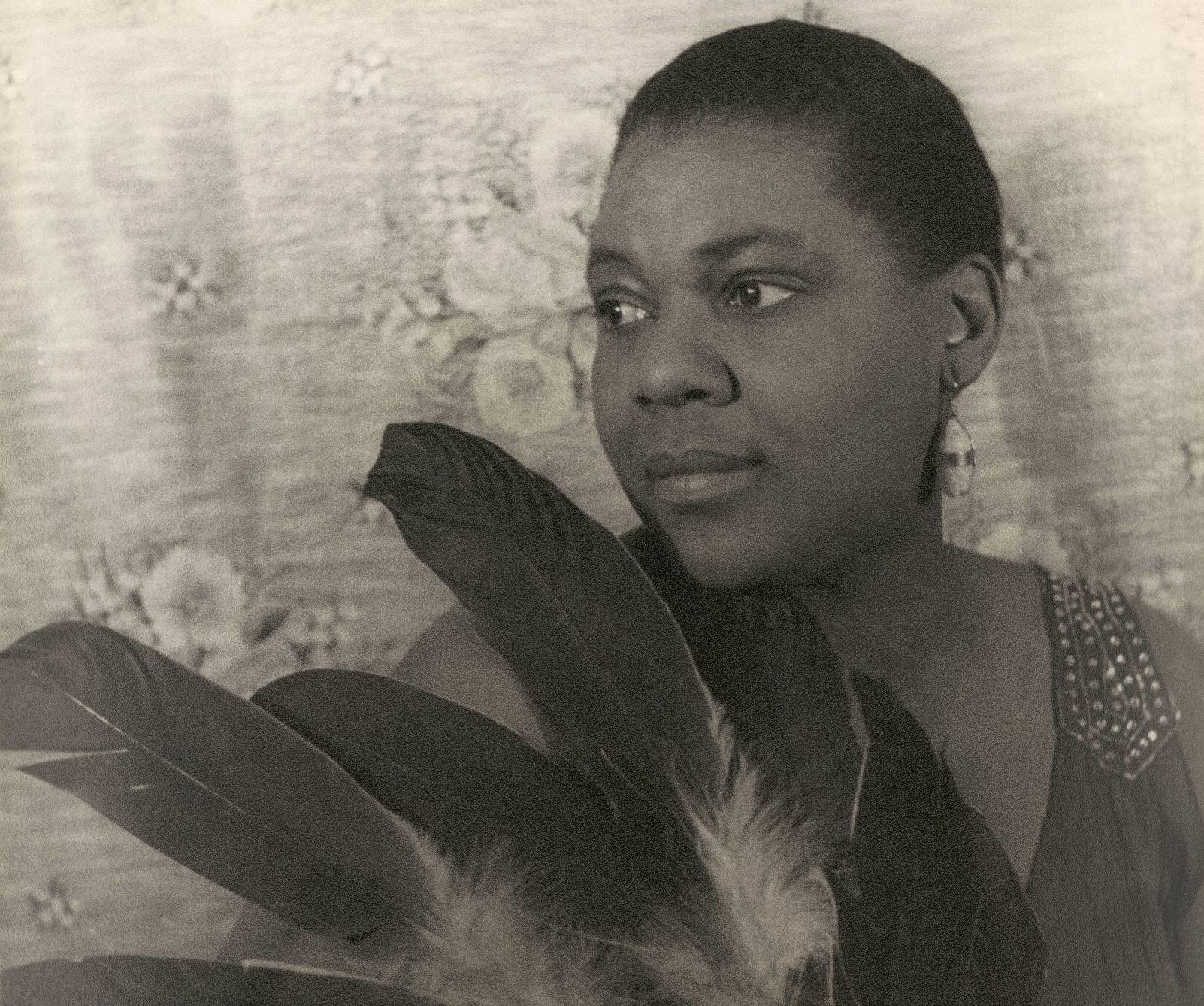 Carl Van Vechten, Wikimedia Commons
Carl Van Vechten, Wikimedia Commons
9. She Stole The Show
Despite being, as she put it, the 26th of 25 people to audition, Thornton made a lasting impression on the judges and audience members. Clad in tattered clothes but armed with a voice that could move mountains, she left everyone in awe with her raw, soulful performance. This was only the beginning of her unexpected rise to fame.
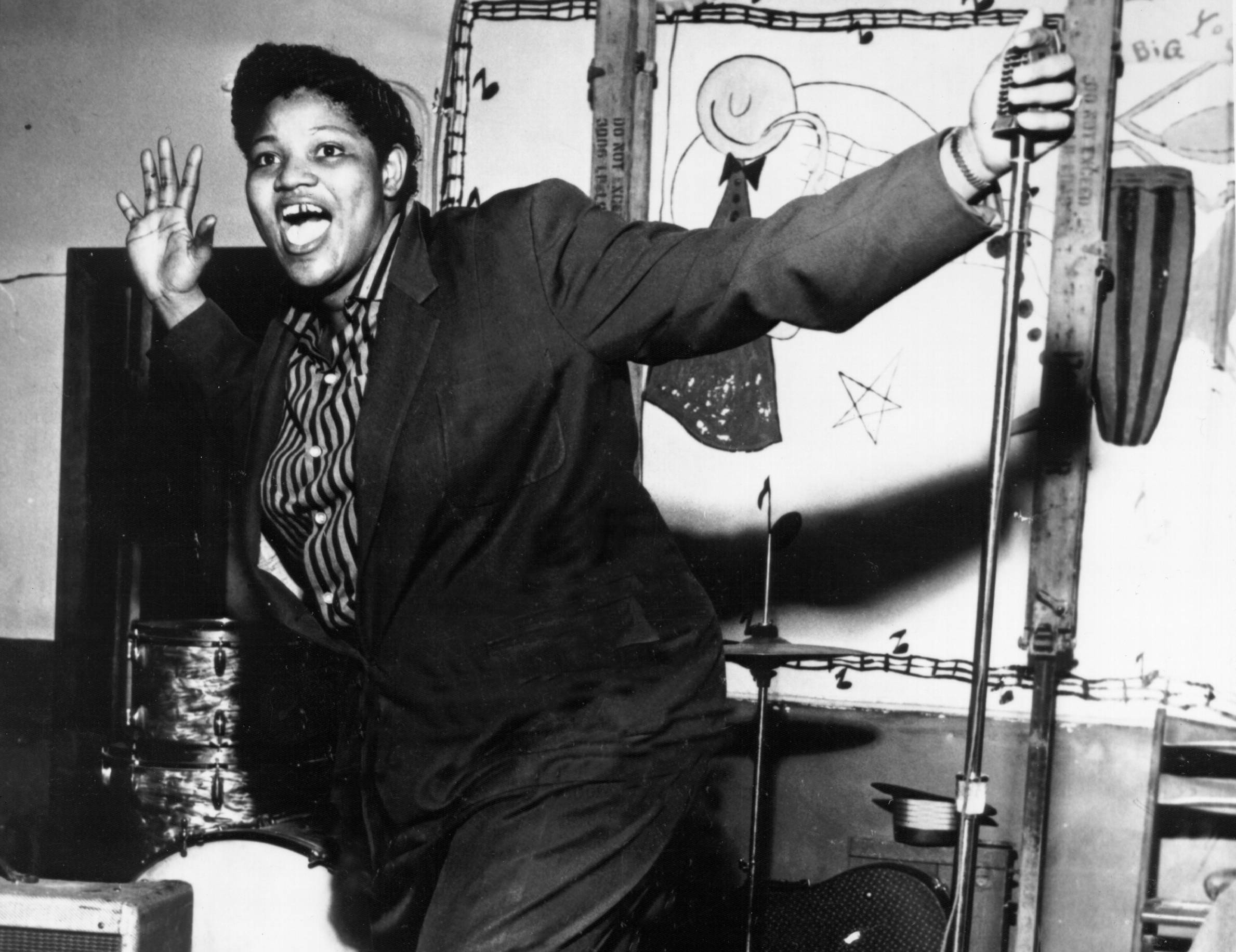 Michael Ochs Archives, Getty Images
Michael Ochs Archives, Getty Images

History's most fascinating stories and darkest secrets, delivered to your inbox daily.
10. She Became The “New Bessie Smith”
Joining Sammy Green's Hot Harlem Revue marked the start of Thornton’s journey to stardom. With each electrifying performance, she solidified her reputation as the “New Bessie Smith”, captivating audiences with her powerhouse vocals and magnetic stage presence. But a troubling trend in her career was already beginning to take root.
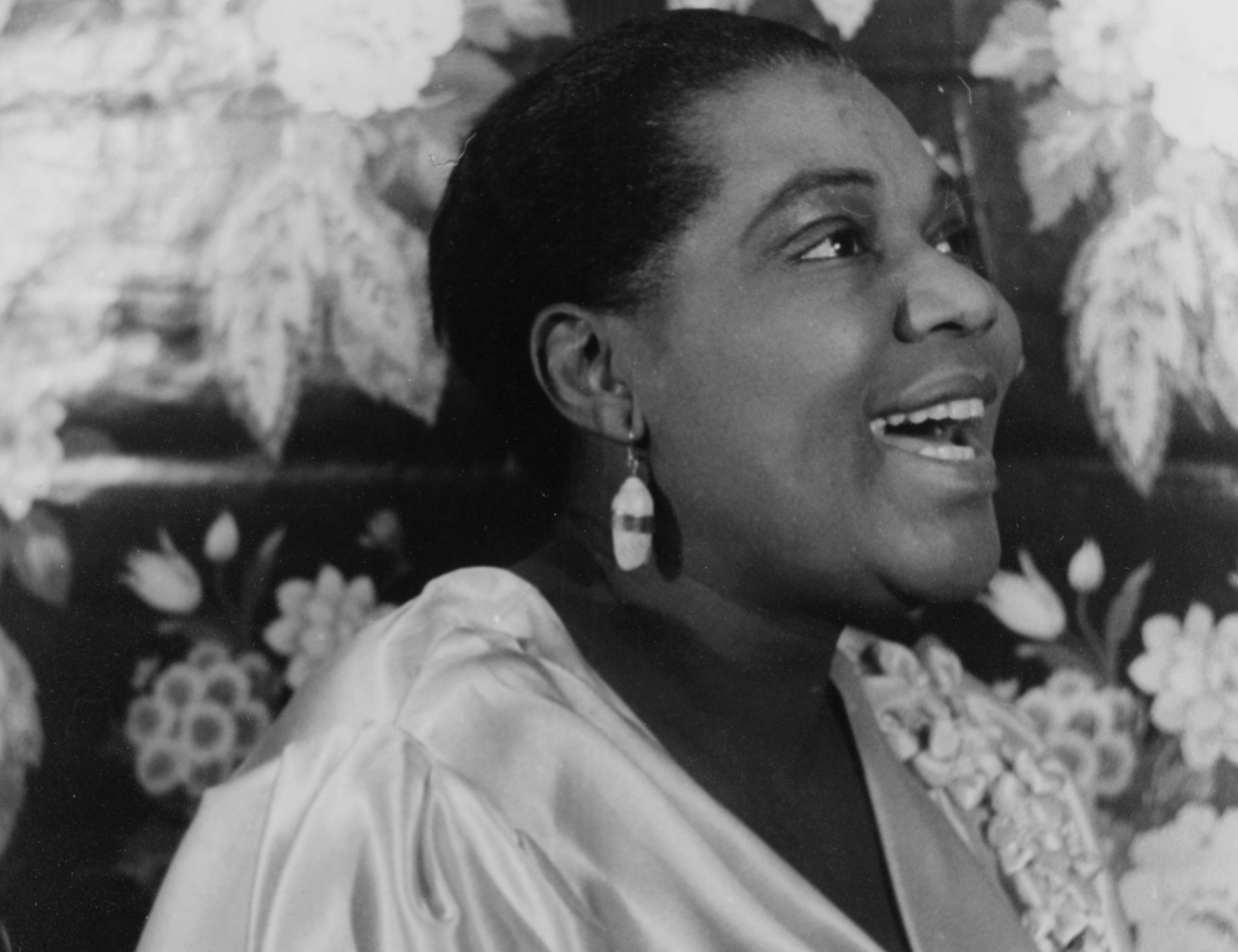 Carl Van Vechten, Wikimedia Commons
Carl Van Vechten, Wikimedia Commons
11. She Walked Away From Unpaid Dues
Despite her growing success with Green’s show, Big Mama Thornton faced financial woes as they failed to pay her what she was owed. Frustrated and feeling undervalued, she made the tough decision to part ways with the group. Thornton knew she deserved better, and she wasn’t willing to settle for less. Sadly, less was all that fate had to offer her.
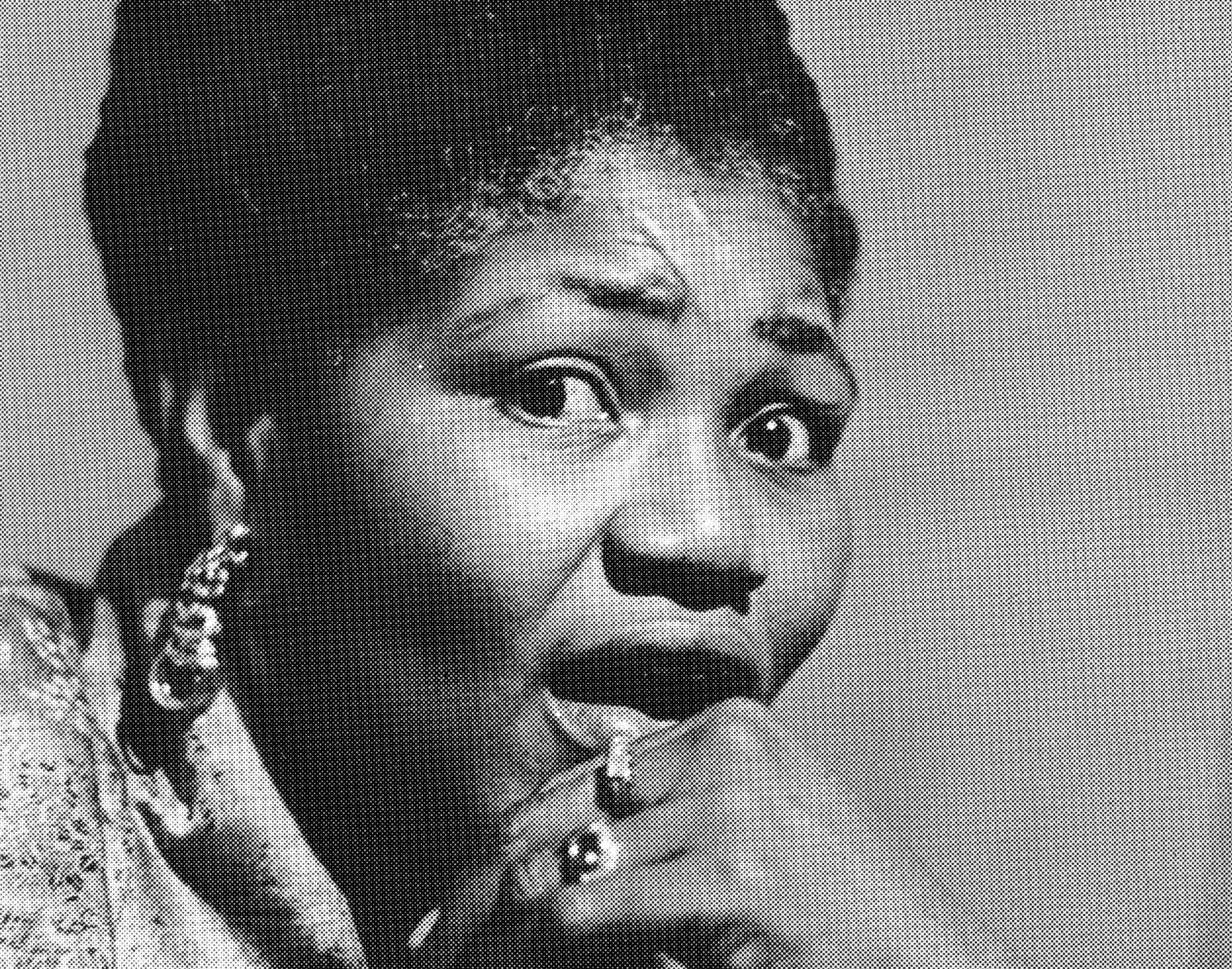 Michael Ochs Archives, Getty Images
Michael Ochs Archives, Getty Images
12. She Shined Shoes So She Could Shine
After parting ways with the Rhythm and Blues Caravan, Thornton found herself struggling to make ends meet. With few recording opportunities coming her way, she took on odd jobs like shining shoes to earn extra money. Despite the challenges, Thornton remained determined to pursue her musical career. She just needed that big break.
13. She Went Out With Otis
Joining Otis' California Rhythm and Blues Caravan in 1952 marked a turning point for Thornton. Despite not having original songs in her repertoire with which to dazzle audiences, her powerful performances, punctuated by her uniquely soulful vocals, resonated all the same. The stage was set for her to shine brighter than ever before.
14. She Brought Down The Curtain
Thornton's electrifying rendition of "Have Mercy Baby" at Harlem's Apollo Theater in 1952 changed her life forever. She left the crowd in total awe. Such was the impact of her performance that the audience demanded an encore until the stage manager had to intervene, closing the curtain. Thornton's star was on the rise, and there was no stopping her now.
 Ajay Suresh, CC BY 2.0, Wikimedia Commons
Ajay Suresh, CC BY 2.0, Wikimedia Commons
15. She Gave The Performance Of A Lifetime
Reflecting on her groundbreaking performance at the Apollo, Thornton famously stated, “I was out there to get known and I did!” Her sheer talent and stage presence commanded attention, earning her the spotlight that she so rightfully deserved. Just that one performance changed everything and nothing would ever be the same.
16. Her Name Was In Lights
The overwhelming response to Thornton's performance at the Apollo left no doubt that a star had emerged. The stage manager's words rang true as Thornton was rightfully billed as the headliner the following night. The marquee now read "Big Mama Thornton", solidifying her status as a force to be reckoned with. Or exploited for money and fame.
17. She Was No “Hound Dog”
In 1952, Thornton recorded "Hound Dog", a song that would become one of the defining songs of her impressive career. Initially, songwriters Jerry Leiber and Mike Stoller wanted her to "growl" the song, but Thornton, true to her nature, refused to conform. Thankfully, Thornton listened to the song writers’ advice and the rest would become music history.
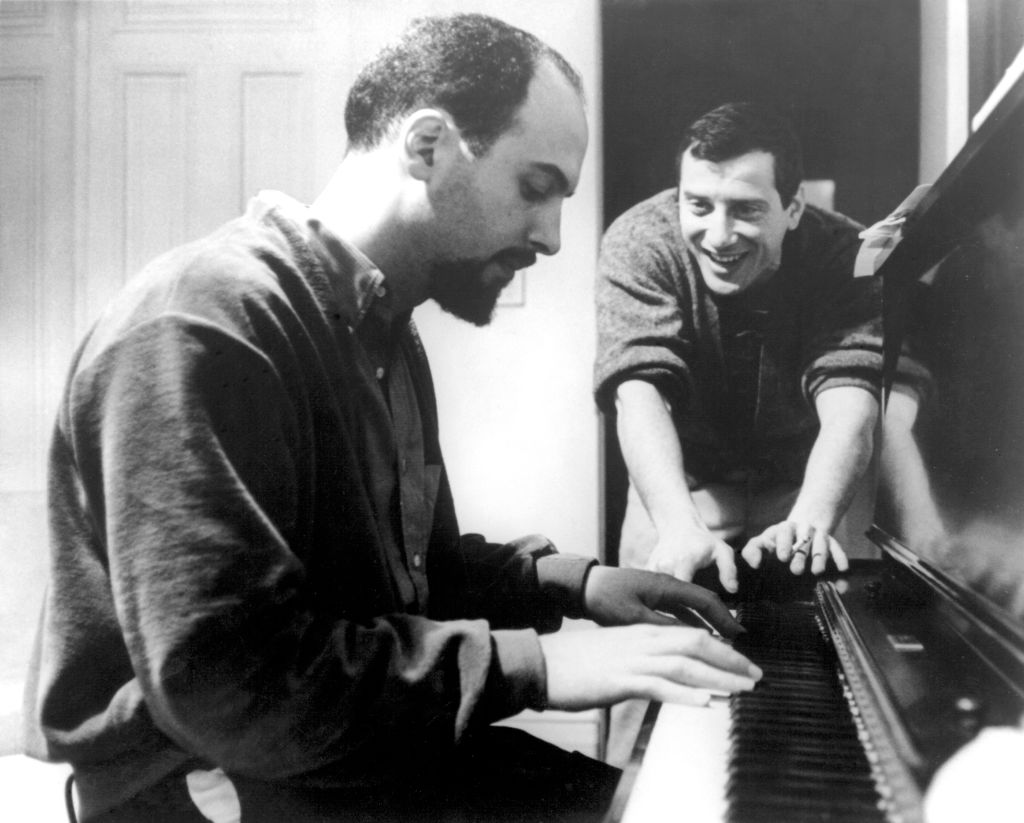 Michael Ochs Archives, Getty Images
Michael Ochs Archives, Getty Images
18. She Was The Original Rockstar
Despite her initial resistance to singing "Hound Dog" as instructed, Thornton eventually acquiesced to the songwriters' vision. Little did she know that this decision would lead to a chart-topping hit that would define a whole new genre of music: rock and roll. Sometimes, embracing change can lead to unexpected success.
19. She Heard Herself On The Radio
As Thornton rode in a taxi to a theater for her show, she heard her own voice booming over the radio for the first time. The announcer declared, “Here's a record that's going nationwide: 'Hound Dog' by Willie Mae Thornton”. In that moment, Thornton realized the magnitude of her achievement, paving the way for a future filled with promise.
A future—but not necessarily her future.
20. She Was Just Livin’
Although "Hound Dog" became a hit record, selling over half a million copies, Thornton barely saw a cent of the proceeds. After only getting a mere $500 for her efforts, she famously quipped to Rolling Stone, “Didn’t get no money from them at all. Everybody livin’ in a house but me. I'm just livin’”. It was an injustice that few people were willing to tolerate.
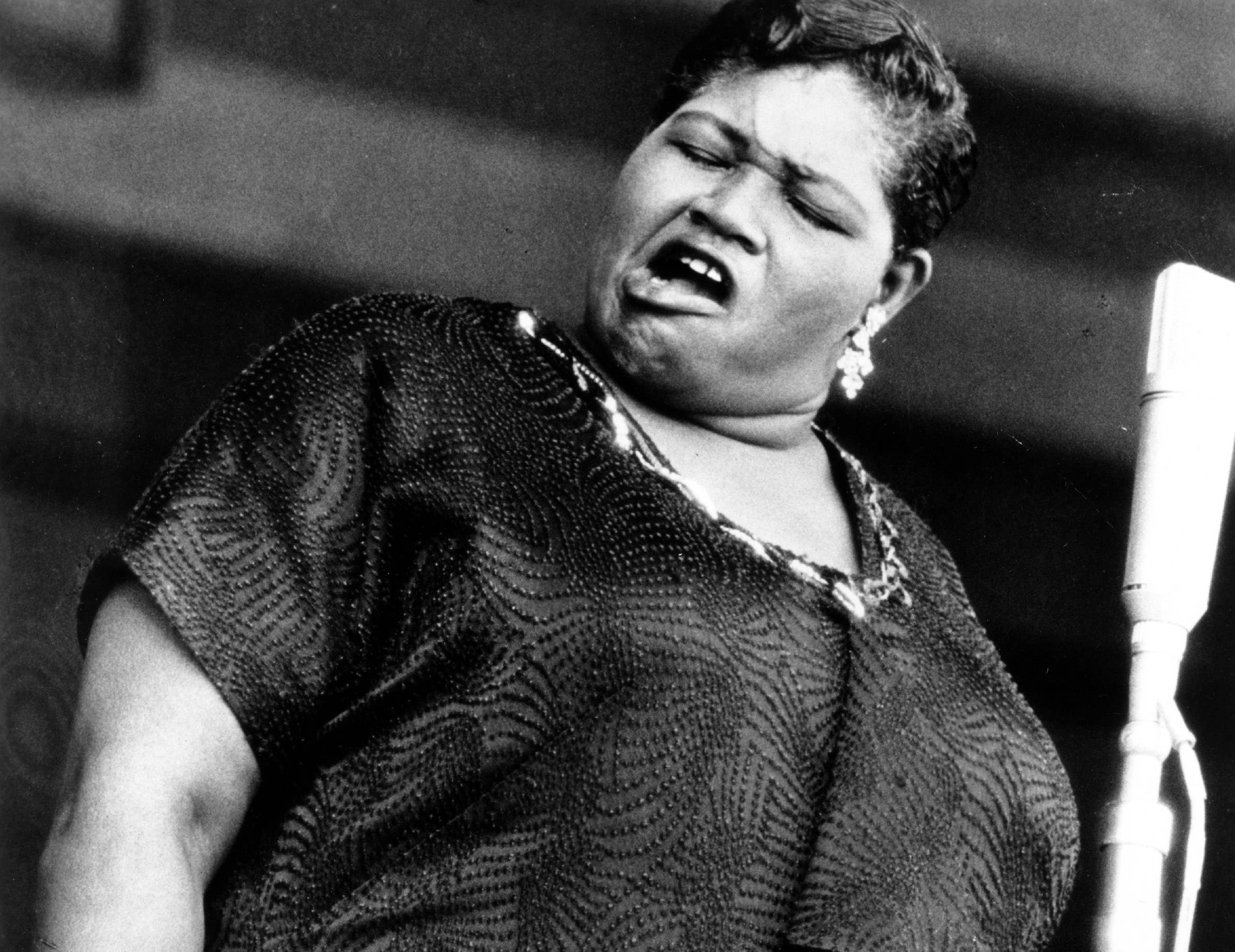 Michael Ochs Archives, Getty Images
Michael Ochs Archives, Getty Images
21. She Made Elvis Famous
Following Thornton's rendition of "Hound Dog," Elvis Presley released his own version that propelled him to superstardom. While Presley's cover overshadowed Thornton's original, the songwriters themselves complained that Presley’s version was a cheap rip-off of Thornton’s. “I have no idea what that rabbit business is all about,” they said.
It wouldn’t be the last time that someone stole Thornton’s thunder.
22. She Witnessed A Christmas Tragedy
During a Christmas Day performance at the City Auditorium in Houston, Texas, Thornton found herself in the midst of a harrowing incident. Fellow performer Johnny Ace's reckless behavior with a revolver would forever change the course of that fateful day, leaving an indelible mark on Thornton's memory and a tinge of sorrow and horror in her voice.
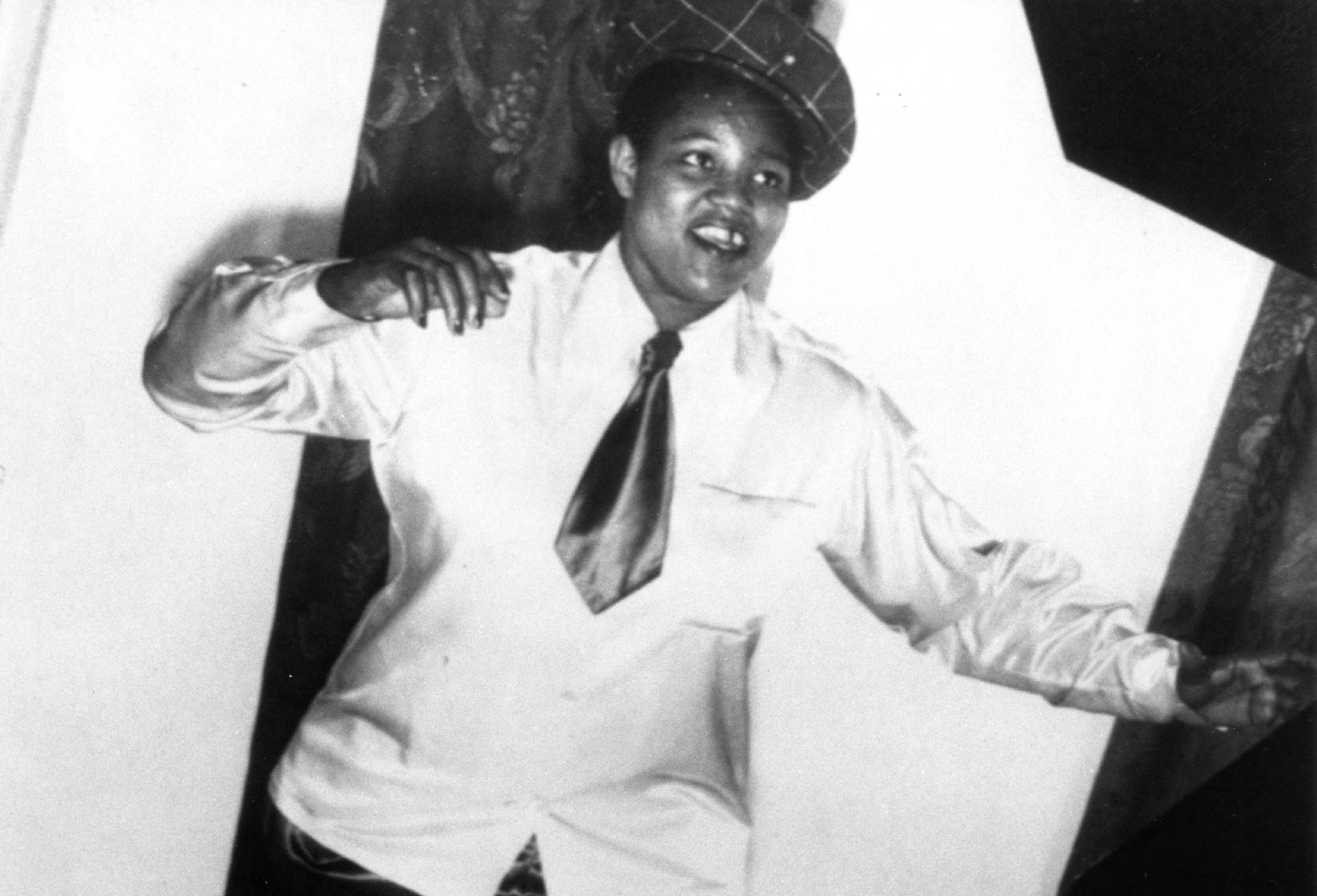 Michael Ochs Archives, Getty Images
Michael Ochs Archives, Getty Images
23. She Tried To Prevent A Terrible Accident
As Johnny Ace carelessly handled a revolver backstage, Thornton, sensing the danger, intervened. The gravity of the situation was palpable as she took the revolver from him to inspect it more closely. Her quick thinking and courage in that pivotal moment could have proven essential in averting a potential catastrophe. If only Johnny had listened.
24. She Made A Chilling Discovery
Upon examining the revolver, Thornton made a chilling discovery. A .22 caliber bullet fell into her hand, revealing the deadly potential of the revolver Johnny Ace was treating like nothing but a child’s toy. Despite the ominous warning signs, she followed his instructions to put the bullet back where she’d found it, not foreseeing the tragic turn of events that would follow.
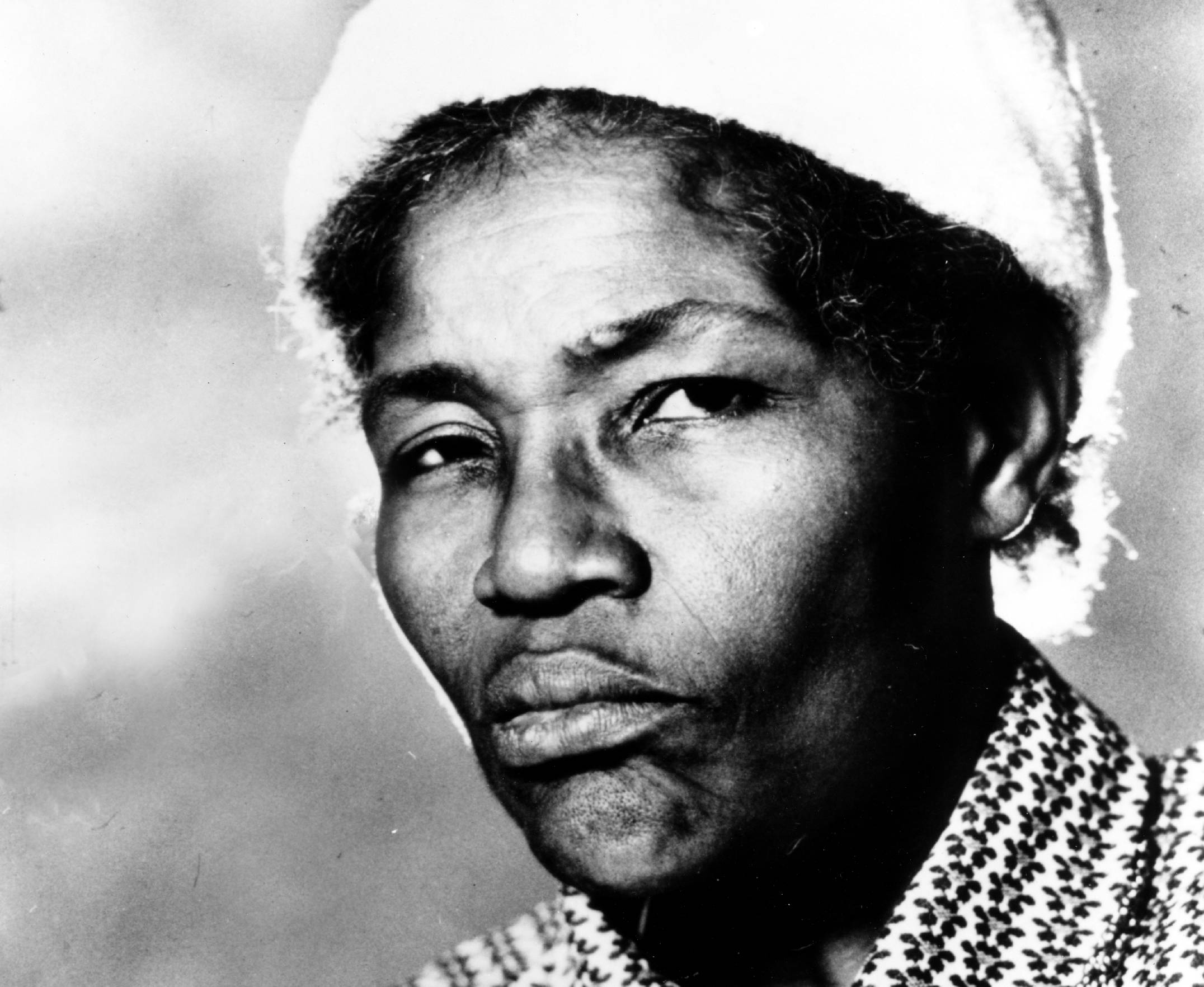 Michael Ochs Archives, Getty Images
Michael Ochs Archives, Getty Images
25. She Issued A Dire Warning
Thornton repeatedly warned Johnny not to “snap” the revolver at anyone. Despite her warnings, however, Johnny continued playing games with it, pointing the revolver at various people in the room. Each time he pulled the trigger, a gentle “snap” went off and Johnny proclaimed, “I’ll show you that it won't shoot”. Thornton could only hope he was right.
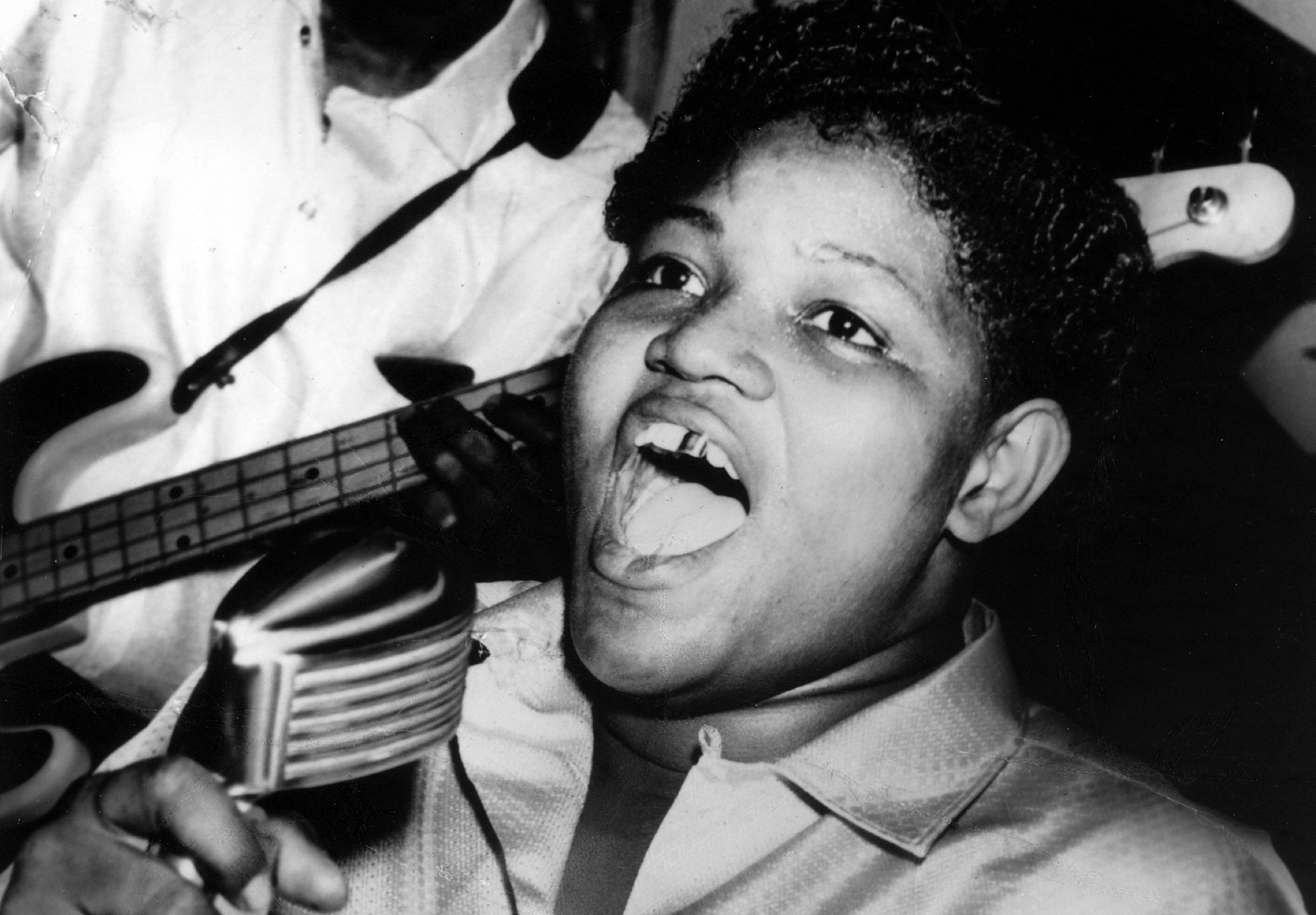 Michael Ochs Archives, Getty Images
Michael Ochs Archives, Getty Images
26. Her Friend’s Game Ended In Tragedy
In a moment that would forever haunt her, Thornton rose from her chair and began to walk towards the door, away from Johnny and his reckless behavior. Then the revolver “banged” instead of “snapped”. When Thornton turned around, what she saw was horrifying.
Johnny’s lifeless body was slumped over his chair. The terrible incident marked the end of an era for Thornton.
27. She Ended The Blues
Johnny’s accidental shot turned out to be catastrophic. It was the end of Thornton’s blues band and, as it turns out, the end of the blues. The 1950s and 60s saw a drop in popularity of the blues in favor of the rock and roll genre—the one that Thornton had inadvertently started. She found herself struggling to maintain her career amidst the change in musical trends.
Determined to persevere, she made the bold decision to relocate to San Francisco in search of new opportunities and a fresh start.
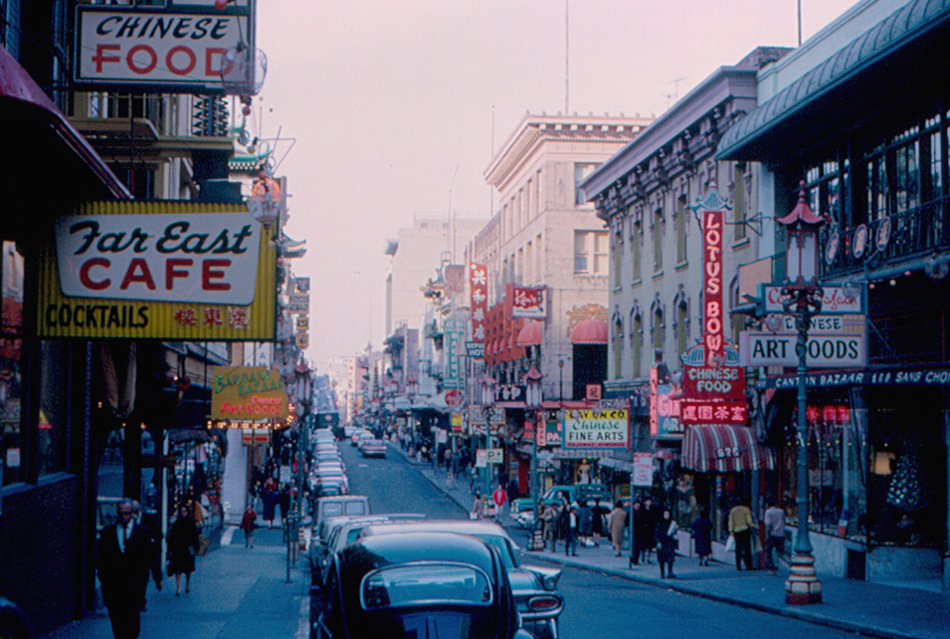 Roger Wollstadt, CC BY-SA 2.0, Wikimedia Commons
Roger Wollstadt, CC BY-SA 2.0, Wikimedia Commons
28. She Always Had A Ball And Chain
In 1961, Big Mama Thornton penned the poignant ballad "Ball And Chain," capturing the raw emotions of a woman wronged by her partner. Despite giving the copyright to Bay-Tone Records, the label chose not to release the song. The consequences were brutal.
This small decision would later cost Thornton a massive fortune in royalties as, once again, someone came alone to steal her thunder.
29. She Sang Her Heart Out
Despite facing setbacks in profiting from her own creations, Thornton remained resilient in her pursuit of rightful recognition. Her poignant song "Ball And Chain" served as a powerful testament to her enduring talent and the struggles she faced in claiming her place in the music industry. There was, at least, one person who respected her voice.
30. Her Biggest Fan Was A Big Star
At a performance in San Francisco, Thornton's soulful rendition of "Ball And Chain" caught the attention of a big star: Janis Joplin, the lead singer of Big Brother and the Holding Company. Joplin asked Thornton if she could cover “Ball And Chain”, promising to give the little-known blues singer the credit that she rightfully deserved.
Thornton agreed to take the chance.
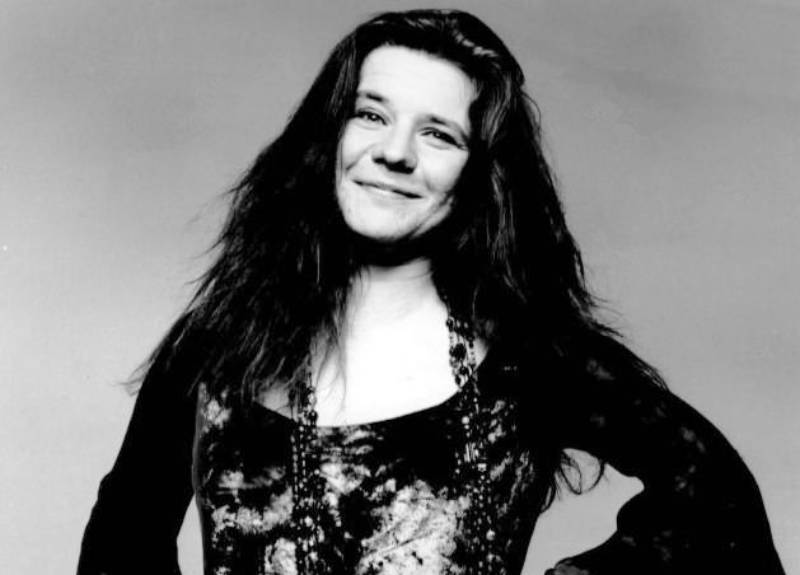 Grossman Glotzer Management Corporation, Wikimedia Commons
Grossman Glotzer Management Corporation, Wikimedia Commons
31. She Married Rock And Blues
Armed with Thornton’s lyrics and rhythms, Big Brother and the Holding Company gave an electrifying performance of "Ball And Chain" at the iconic 1967 Monterey Pop Festival. Leaving audiences spellbound, Joplin’s unique interpretation of Thornton's classic song marked a transformative moment in music history, marrying rock and roll with its blues origins.
The band’s guitarist, Sam Andrew, joked “This was no ‘wear flowers in your hair’ song”. The only question remained as to whether or not Thornton would get the credit she deserved.
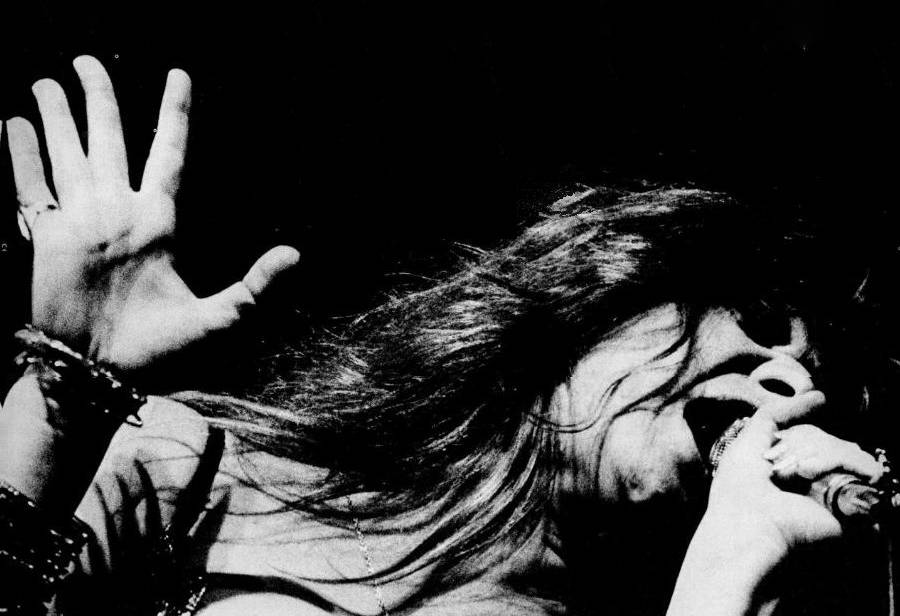 Columbia Records, Wikimedia Commons
Columbia Records, Wikimedia Commons
32. She Finally Got What Was Hers
Once again, a white artist had taken Thornton’s music and turned it into a chart-topping juggernaut. But this time was different. Unlike what had happened with Presley, Joplin was always certain to give all of the credit (and some of the money) to Thornton. “It's all right, it made me money,” Thornton later said. “At least I got paid for it, and I'm still drawing royalties”.
Turns out, Joplin was just the boost that Thornton needed.
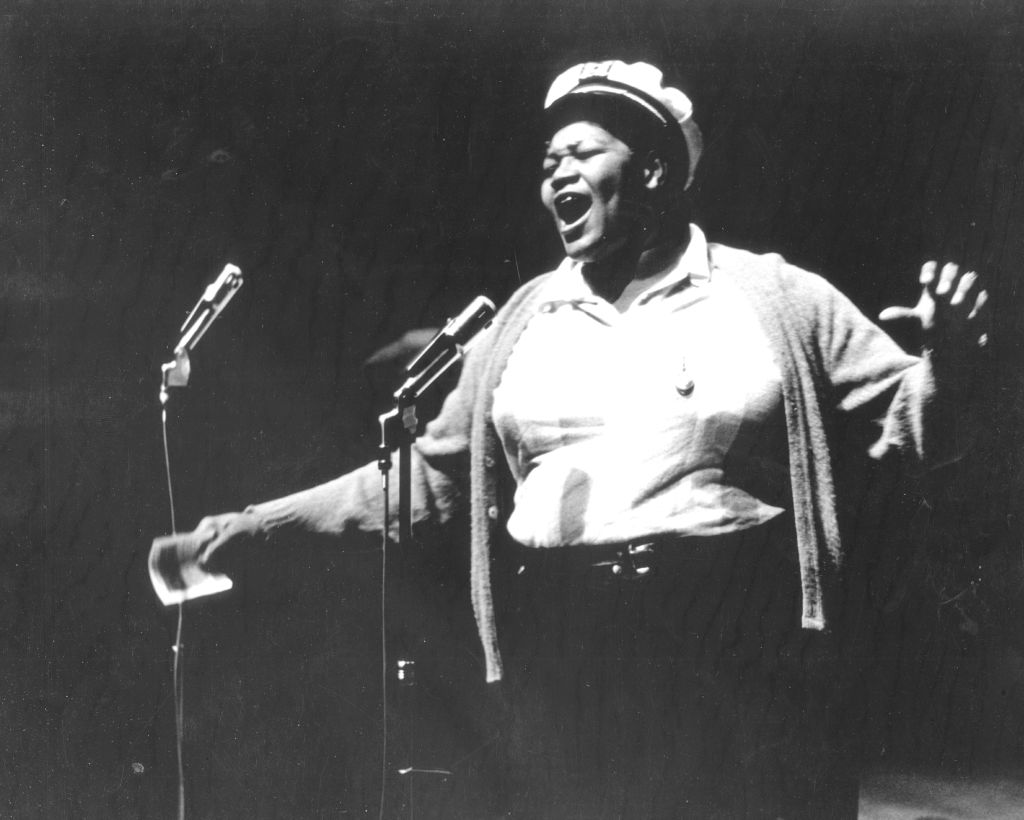 Michael Ochs Archives, Getty Images
Michael Ochs Archives, Getty Images
33. She Caused A Revival
Off the back of Joplin’s “Ball And Chain”, Thornton gained mainstream popularity and sparked something of a blues revival. Between 1965 and 1969, she recorded several albums and toured Europe where adoring fans celebrated her as “the greatest female blues singer of this and any other decade”. Of course, no blues singer could have a happy ending.
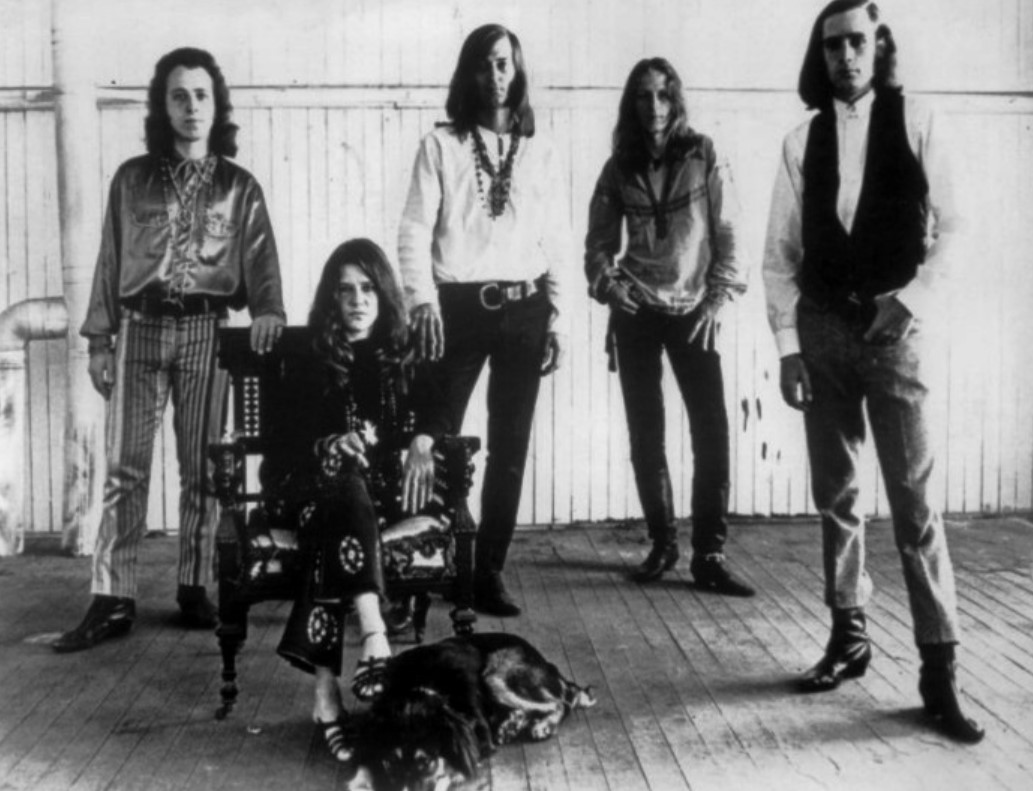 Albert B. Grossman, Wikimedia Commons
Albert B. Grossman, Wikimedia Commons
34. She Hopped Across The Pond
In 1965, Thornton embarked on a monumental tour of Europe with the American Folk Blues Festival. As she took the stage night after night, her powerful voice and magnetic presence left crowds in awe. Reviews raved about her performances, describing how she mesmerized European audiences who were experiencing her live magic for the very first time.
She took this newfound popularity to finally tackle her dreams.
35. She Realized A Lifelong Dream
In 1969, Big Mama Thornton did something that would have made her harshest critic—her father—very proud. She fulfilled her lifelong dream of recording a gospel album, Saved. Through this soulful collection of songs, she poured her heart into the music that had always been a source of solace and strength for her. But no matter of gospel music could save her from what lay ahead.
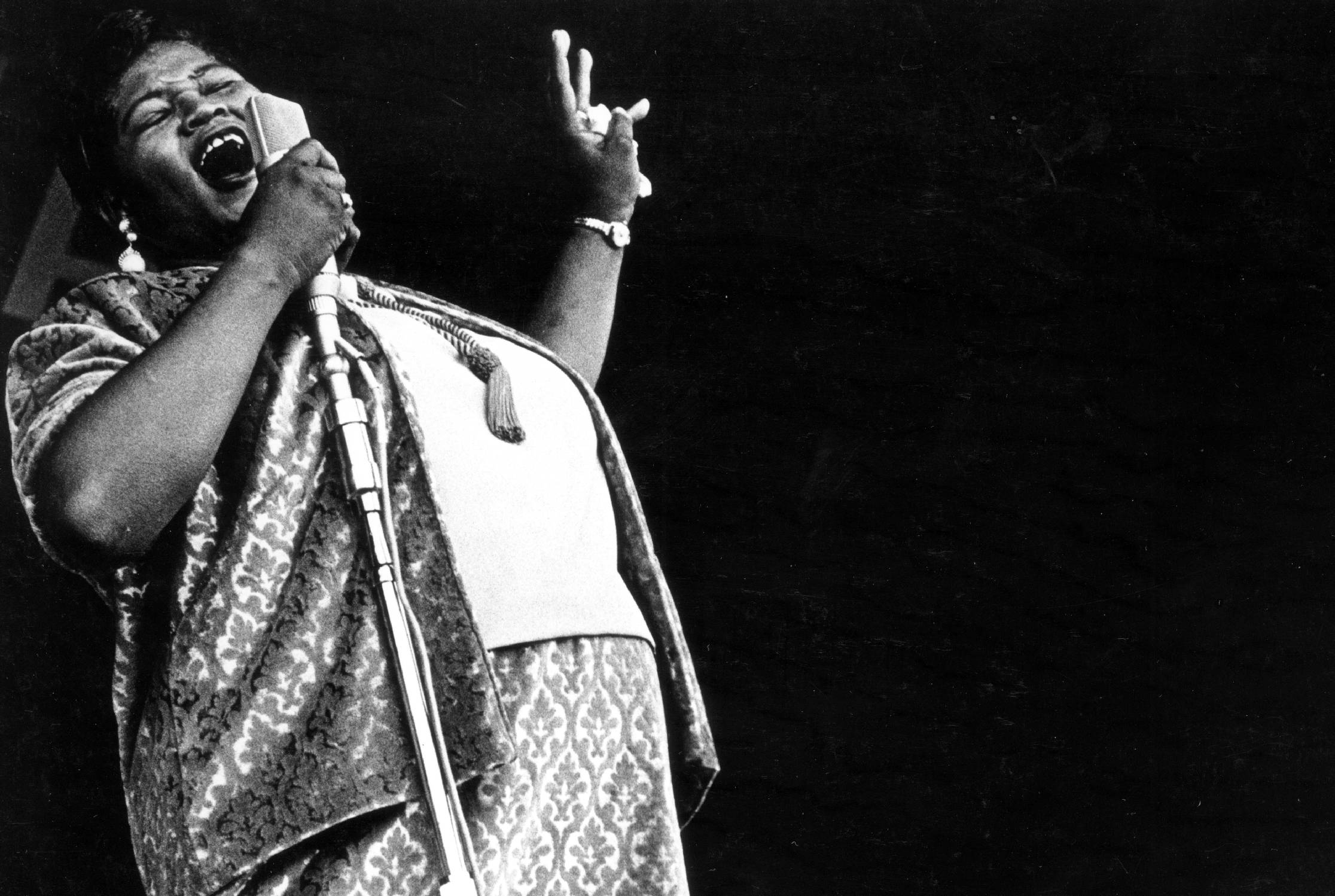 Michael Ochs Archives, Getty Images
Michael Ochs Archives, Getty Images
36. She Grappled With Her Demons
By 1970, the blues revival had dwindled, but Thornton's personal blues persisted. The weight of her past and the pressures of the industry took a toll, leading her down a path of heavy drinking to cope with the challenges she faced. Despite the external changes, the blues remained a constant companion in Thornton's tumultuous journey.
Sad songs were just about all she had left.
37. Her Health And Wealth Declined
Years of heavy drinking began to take a toll on Thornton's health, and her financial situation grew increasingly precarious. As she navigated the complexities of her personal and professional life, the toll of her struggles manifested in declining health and financial instability, painting a bleak picture of the years ahead.
38. She Endured Hardship From The Start
As her fortunes faded, Big Mama Thornton looked back on how much her life hadn’t changed. In a candid interview in the 1970s, she revealed the harsh realities of her early days in show business. From sleeping in all-night restaurants as a teenager to begging for food, she was practically back right where she had started.
And there was just one person to blame.
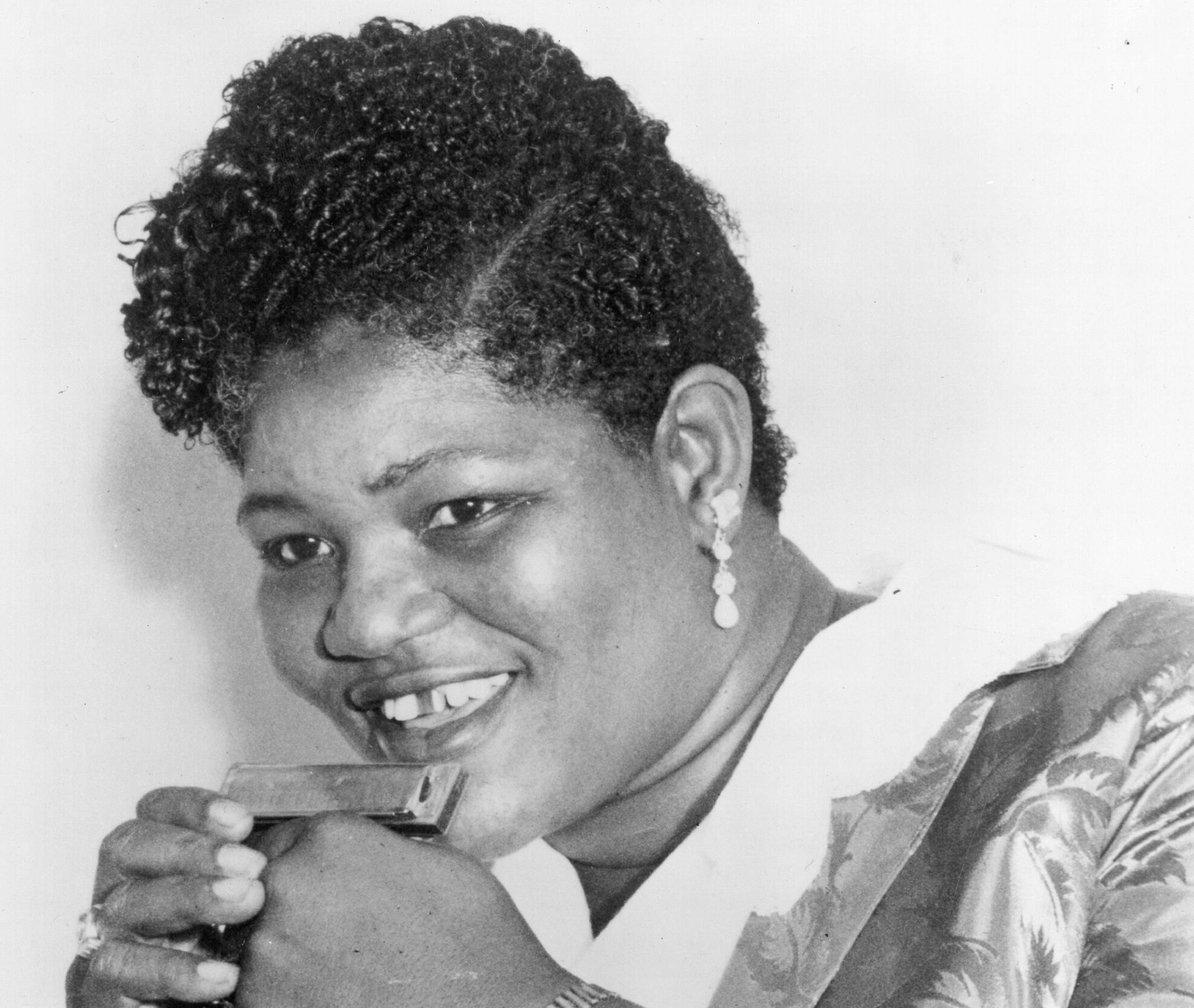 Michael Ochs Archives, Getty Images
Michael Ochs Archives, Getty Images
39. Her Manager Took Her Money
In the same candid interview, Thornton revealed the scandalous realities of her financial hardships. While she struggled to pay her rent, her former manager Jim Moore, appeared to be living high off the hog. “I ain’t never going to forget him,” she said. “That’s why my money is held up”. That money might have saved her life.
40. She Got The Bad News
Following her revealing interview, Thornton's life took a darker turn. Her struggles with heavy drinking persisted, further compounded by a devastating new diagnosis: cancer. For Thornton, the road ahead was dark and fraught with perils. As she was about to learn, the metaphor of a treacherous road could be all too literal.
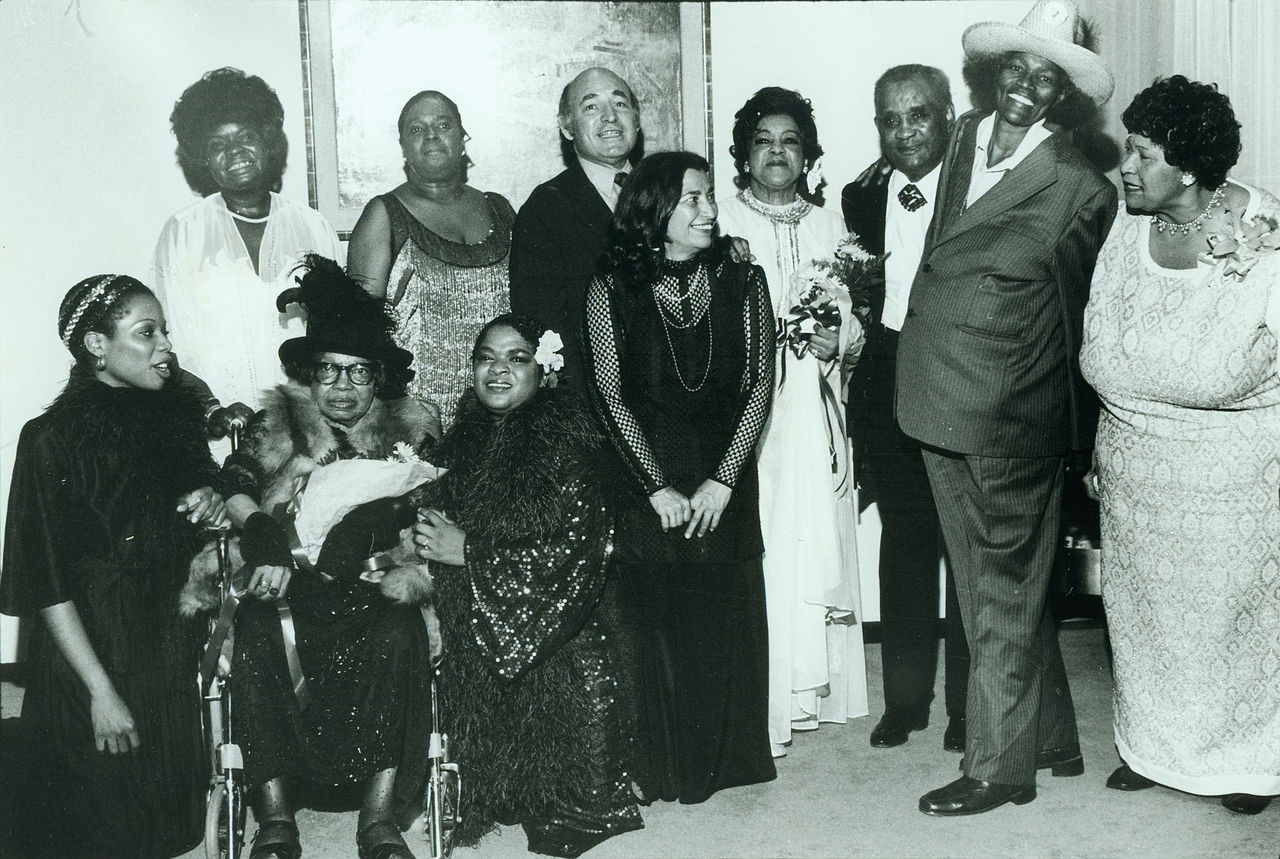 Barbara Weinberg Barefield, CC BY-SA 3.0, Wikimedia Commons
Barbara Weinberg Barefield, CC BY-SA 3.0, Wikimedia Commons
41. Her World Came Crashing Down
1976 brought one hardship after another for Big Mama Thornton. Shortly after her cancer diagnosis, her world came crashing down again—this time literally. Thornton was in a horrific, life-altering car accident that left her with grievous injuries. The worst of it all was that the accident threatened to take away the one thing she had left: the blues.
 Urbán Tamás, CC BY-SA 3.0 , Wikimedia Commons
Urbán Tamás, CC BY-SA 3.0 , Wikimedia Commons
42. She Had A Long Road To Recovery
The car accident left Big Mama Thornton fighting for her life, confined to a hospital bed for six long months. Most people assumed that she would never perform again, with the pain and uncertainty of her recovery testing her resolve. But pain and suffering were not new to Thornton. Her miraculous recovery would leave everyone stunned.
43. She Made A Dramatic Comeback
Although the accident took a toll on her mobility—she would never quite be the same—Thornton's unwavering spirit pushed her to do the impossible. Against the odds, Thornton recovered just in time to deliver a breathtaking performance at the 1973 Newport Jazz Festival. Somehow, Big Mama wasn’t done performing miracles yet.
45. She Sparked Magic At Newport Once More
Years after her miraculous recovery from the car accident, Big Mama Thornton graced the stage of the 1980 Newport Jazz Festival with an unforgettable performance. Dressed in a man's three-piece suit and gold watch, she threw out the program of songs laid out for her and proceeded to sing directly from the heart. Surprisingly, she still had a lot to say.
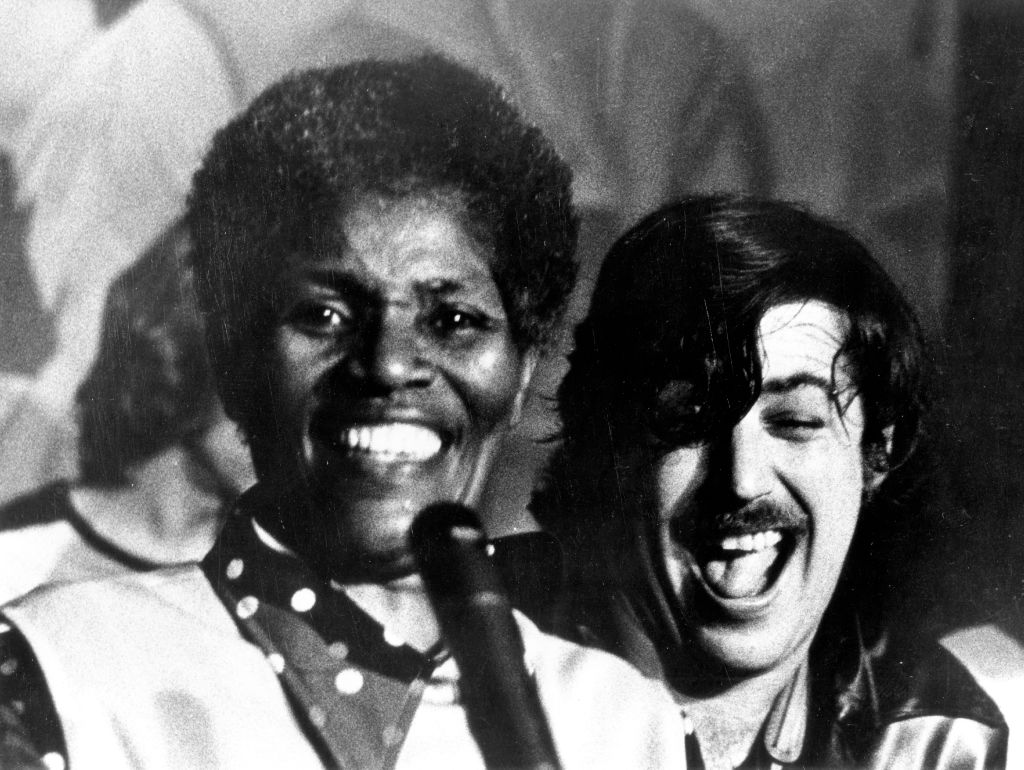 Michael Ochs Archives, Getty Images
Michael Ochs Archives, Getty Images
46. She Continued Performing
Despite facing a daunting cancer diagnosis that threatened to derail her career, Big Mama Thornton remained steadfast in her dedication to music. As her health declined, she defiantly continued touring alongside iconic artists like Aretha Franklin, cementing her legacy as a fearless force in the industry. The shadow of her illness, however, was about to dim her shine.
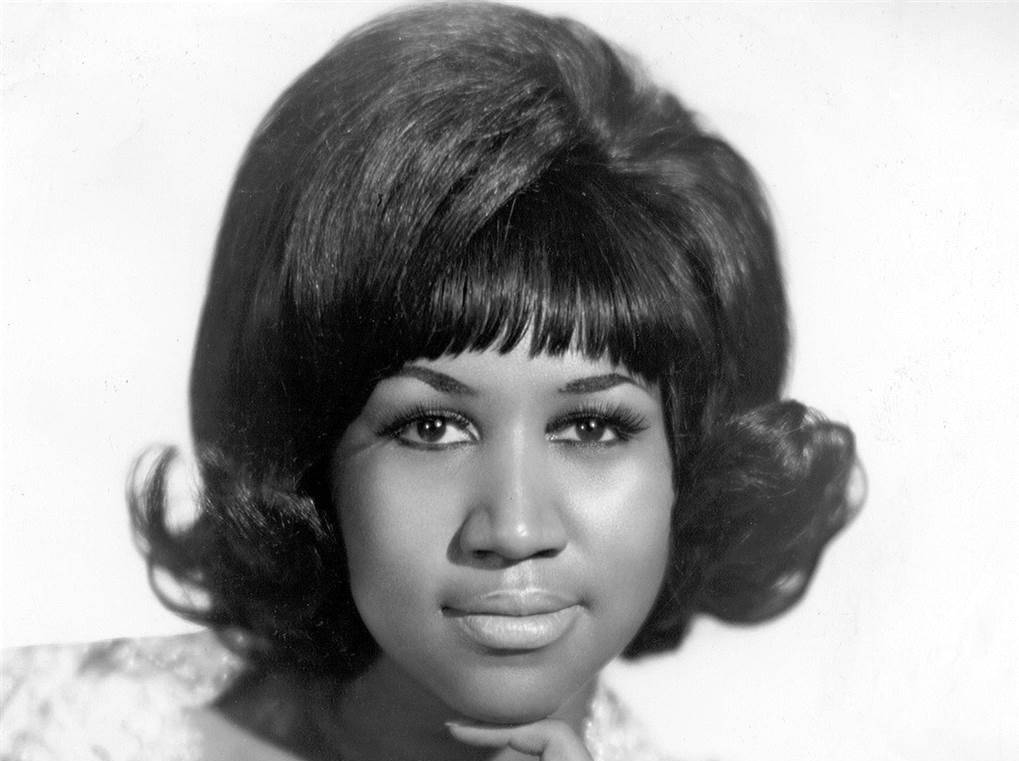 Atlantic Records, Wikimedia Commons
Atlantic Records, Wikimedia Commons
47. She Sang Her Swan Song
In a heart-wrenching turn of events, Thornton's life came to a sudden and tragic end. Medical personnel discovered her lifeless body in a Los Angeles boarding house on July 25, 1984. The tragic news should have sent shockwaves through the music world as powerful as Thornton’s booming voice once had. Instead, she was doomed to pass into obscurity.
48. She Was A Pauper In The End
Thornton's final chapter culminated in a pauper's grave next to two strangers and marked by a small, modest granite tombstone. It was a poignant symbol for the final resting place of the woman who had, unknowingly, given birth to rock and roll but hadn’t received any of the credit. Sadly, in the end, there was nothing big about Big Mama.
 Dipsey, CC BY-SA 3.0 , Wikimedia Commons
Dipsey, CC BY-SA 3.0 , Wikimedia Commons
49. She Wasn’t “Big” Mama
The most shocking thing about Thornton’s passing was the transformation she had undergone in her final weeks and months. The toll of her lifelong struggle with the blues and all of its adverse health effects had manifested in a staggering weight loss. In just a short time, she had gone from 450 pounds to 95 pounds; a clear indication of the toll that had life taken on her.
50. She Lived The Blues
In the end, Big Mama Thornton wasn’t after money, fame or musical accolades. For her, the blues wasn’t a style of music; it was just life. “I’ve been happy. There have been dull moments,” she explained, “but you have to take as worse as you going to get it or else you are never going to see it. And I’ve been happy and I’d like to stay that way”.
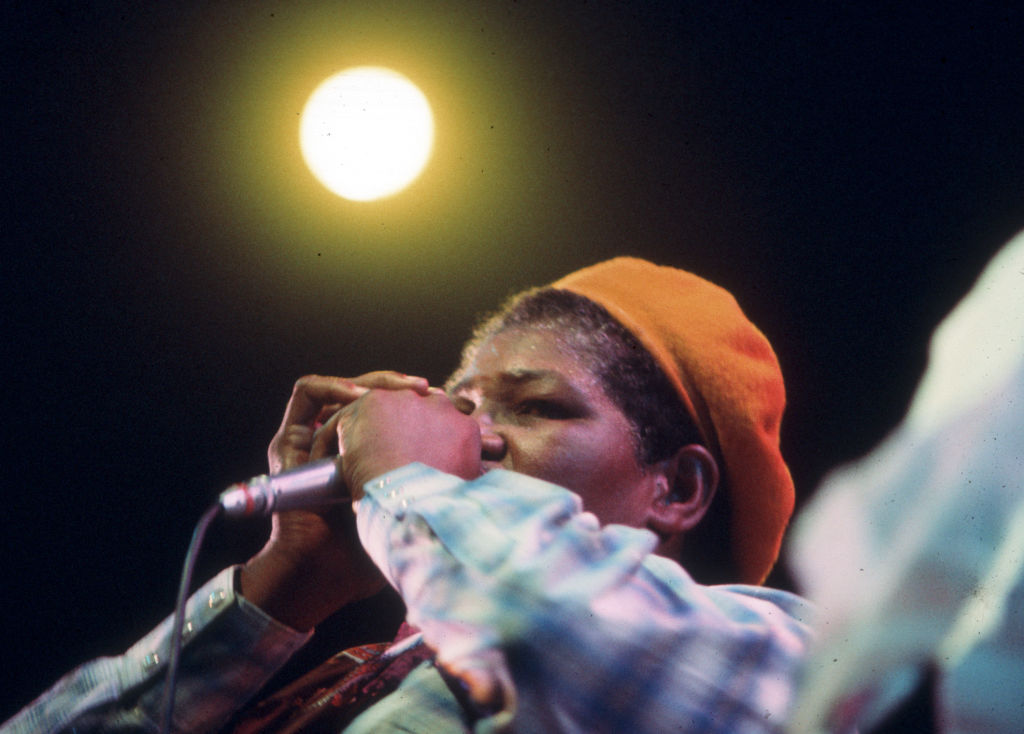 Michael Ochs Archives, Getty Images
Michael Ochs Archives, Getty Images


